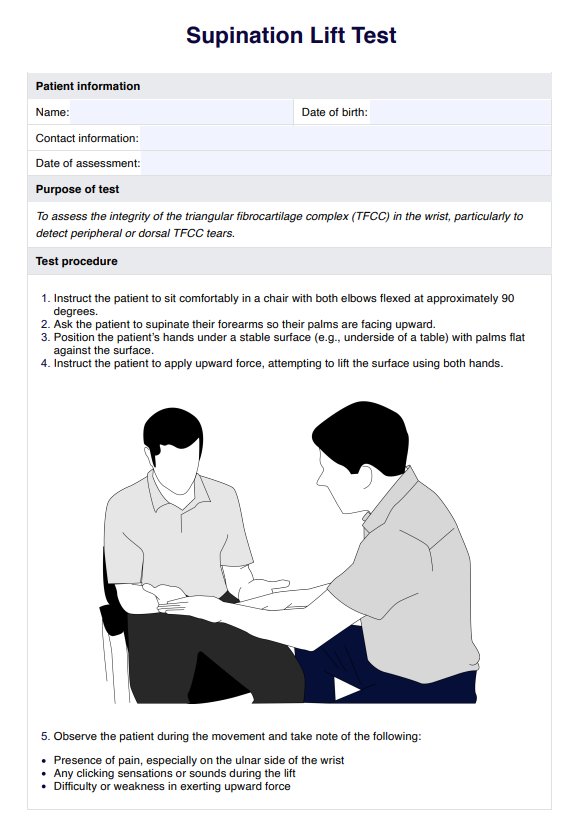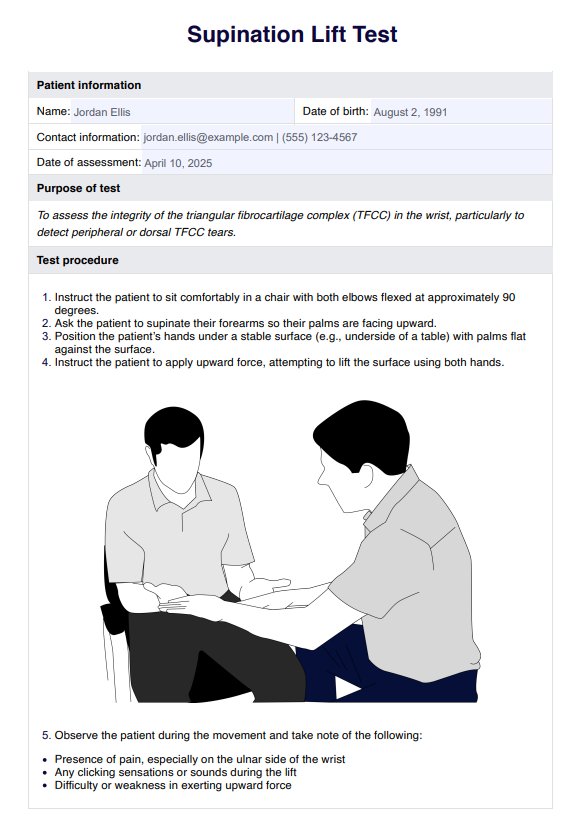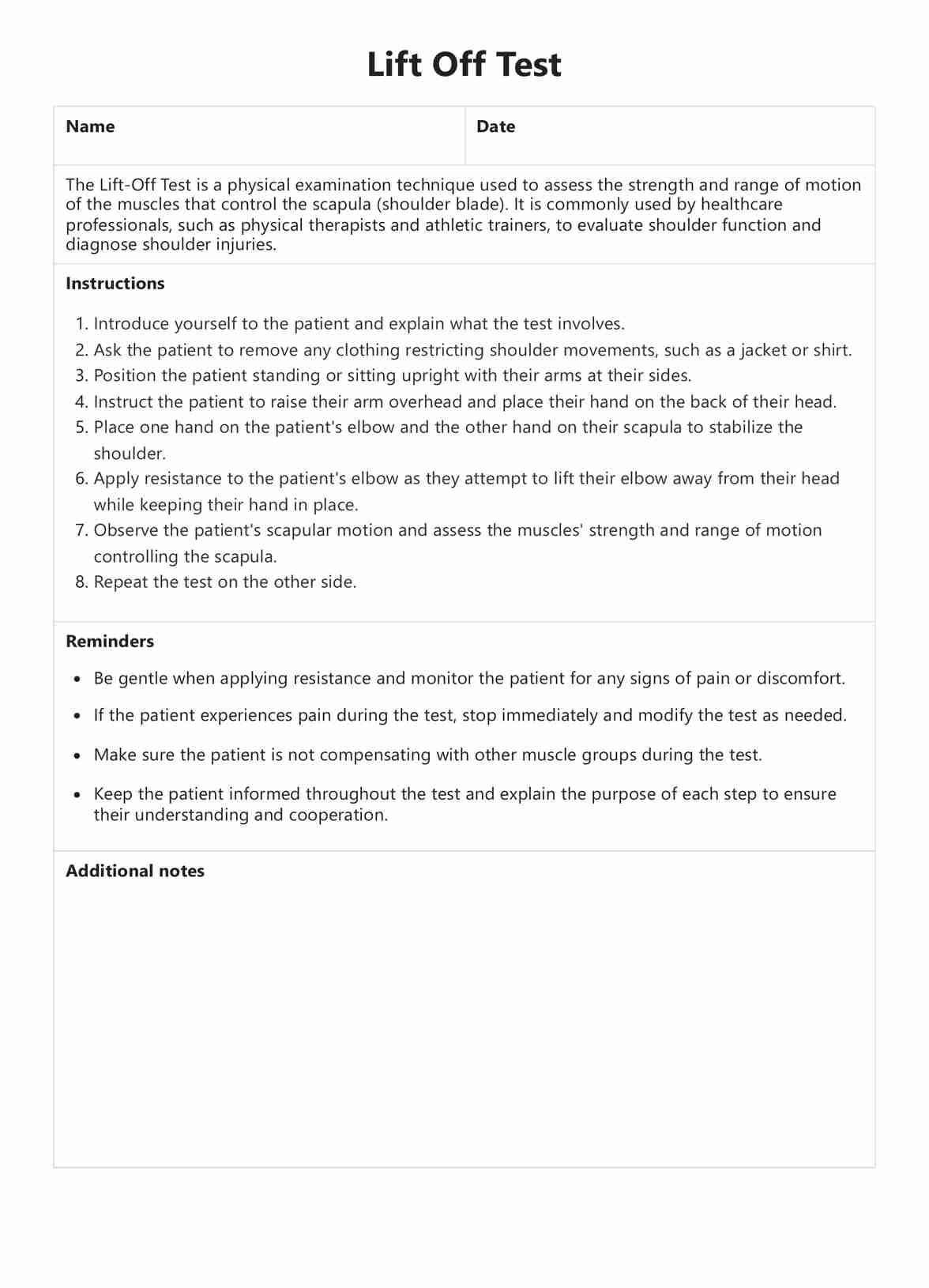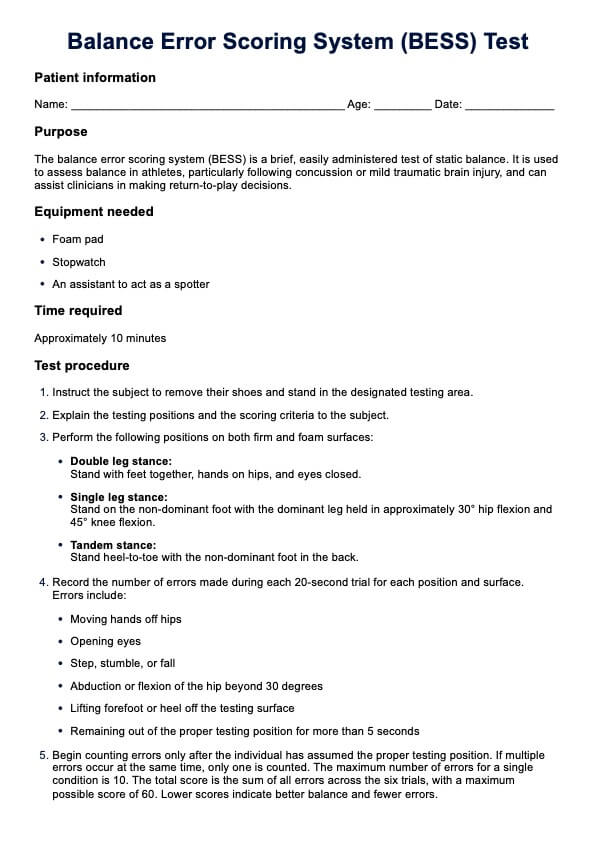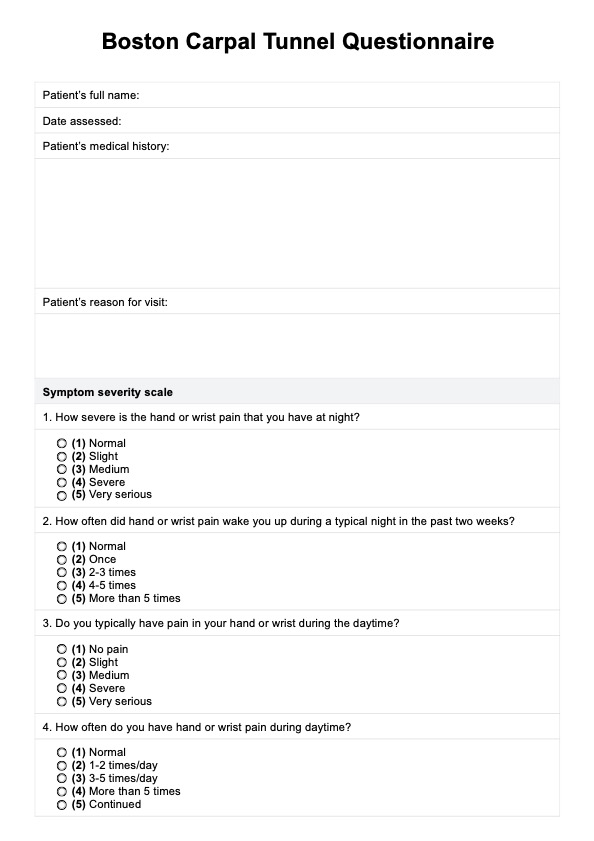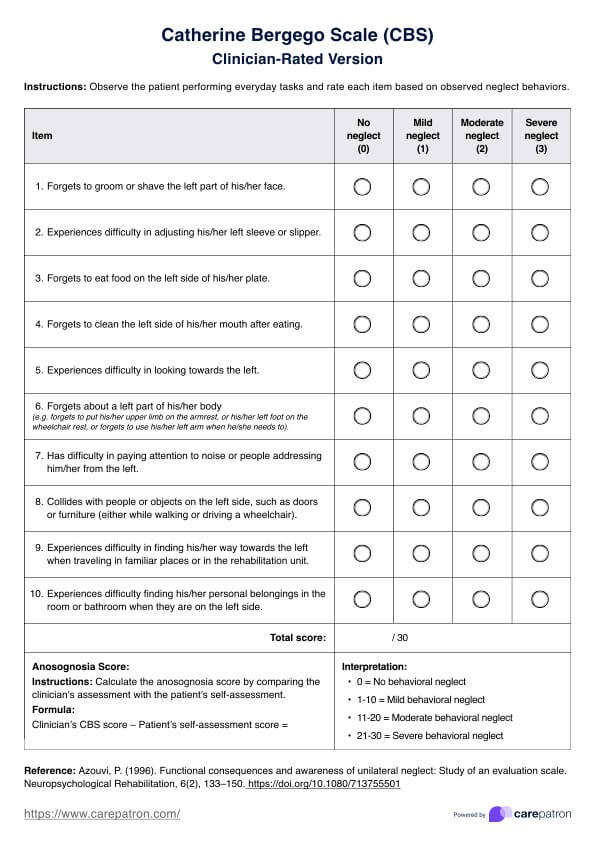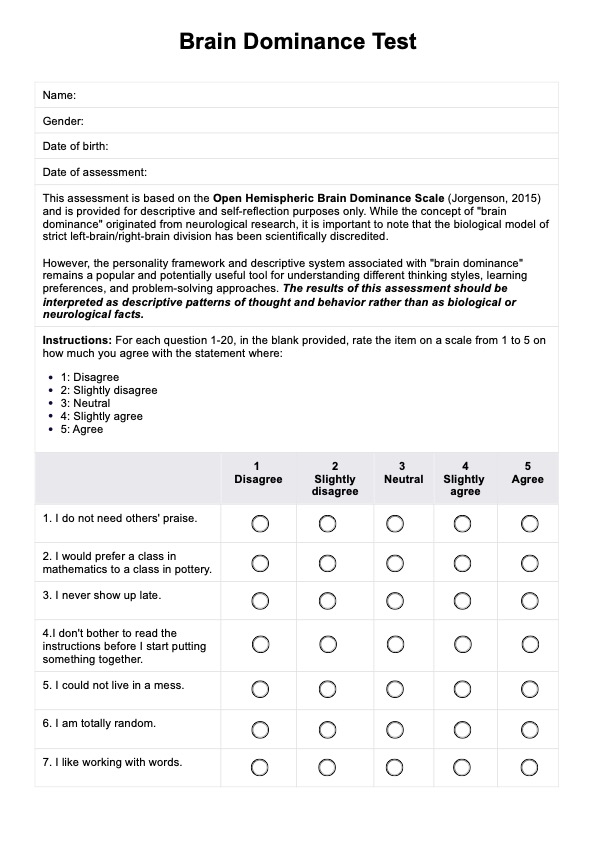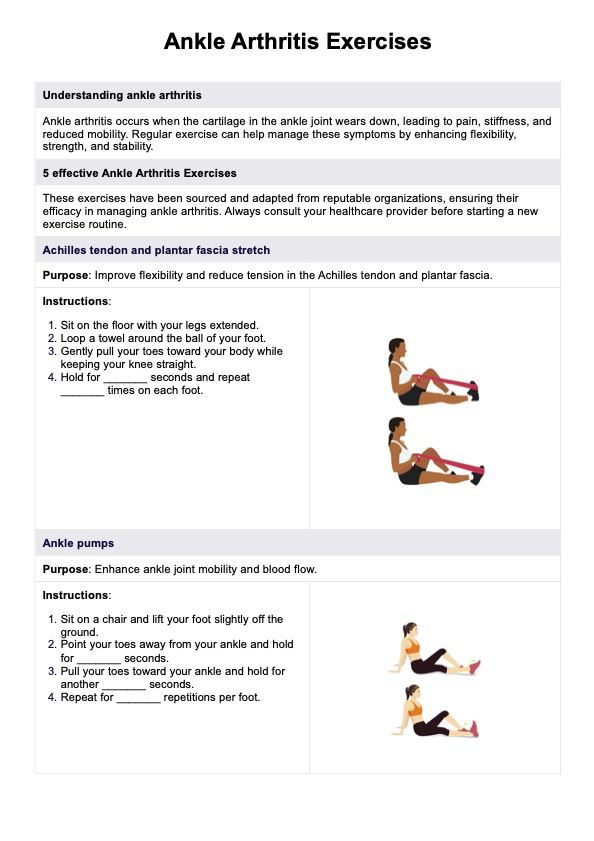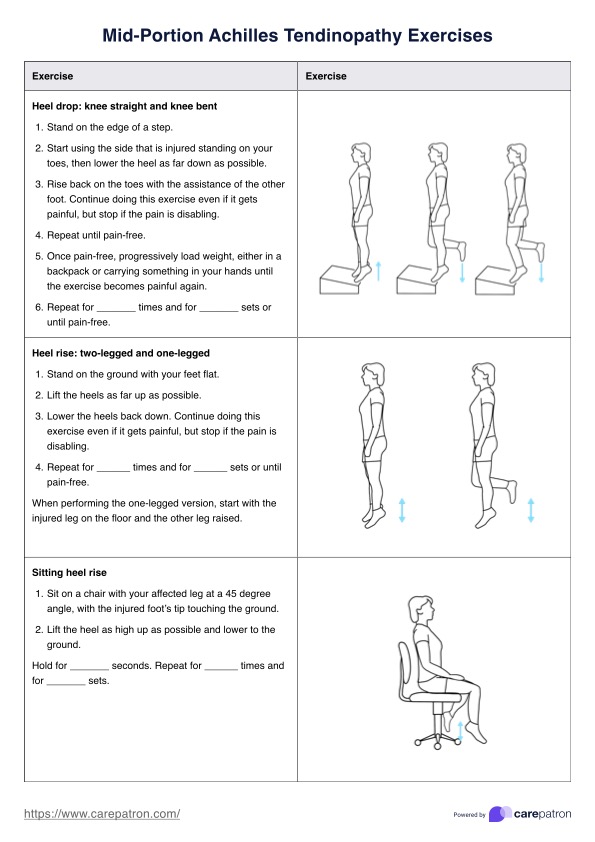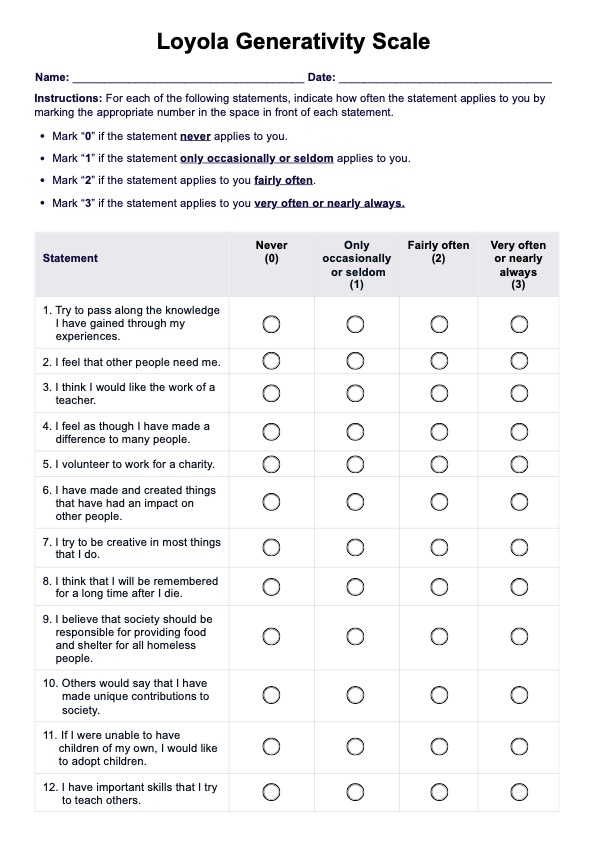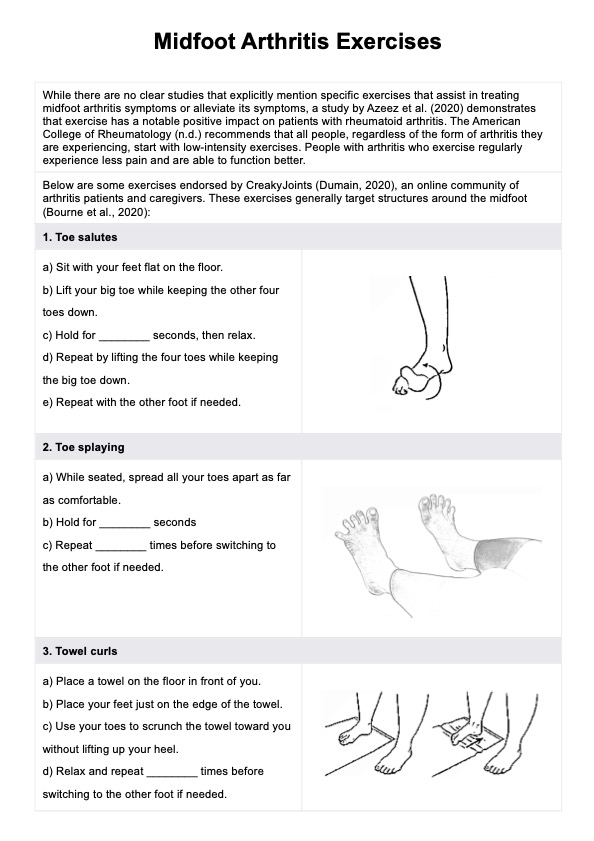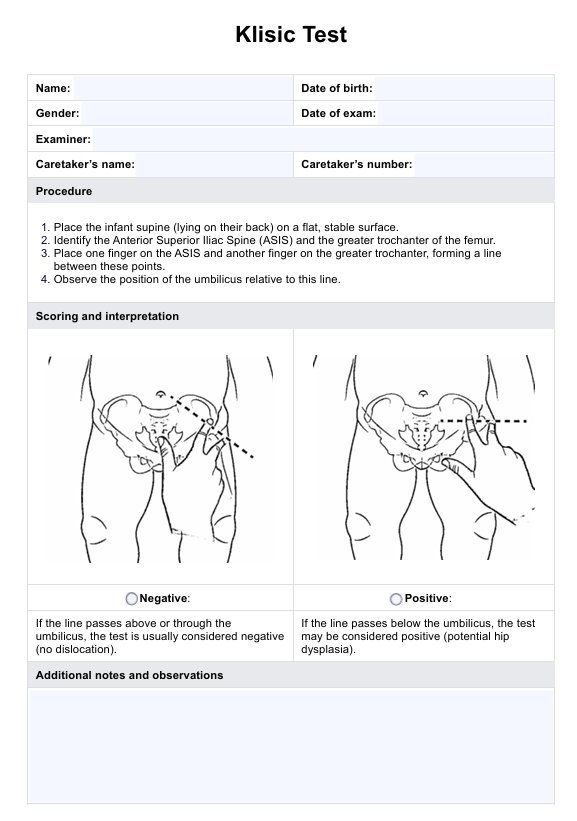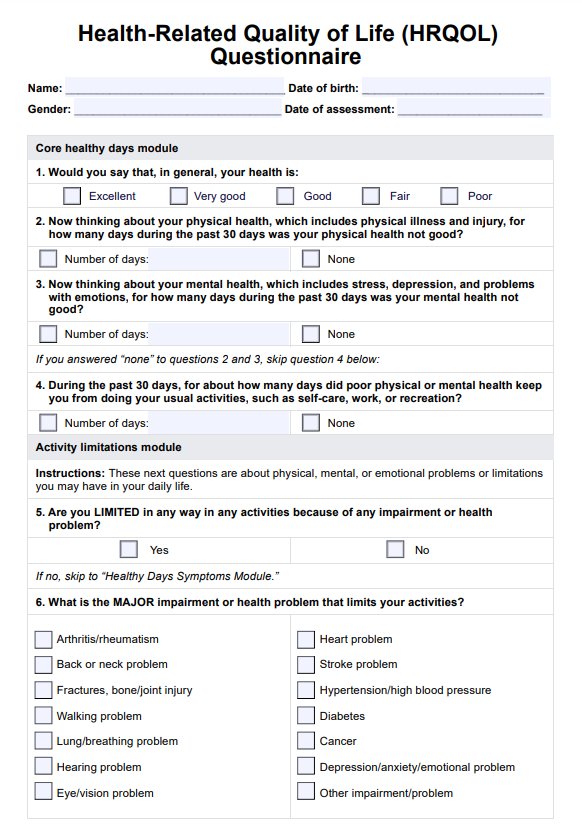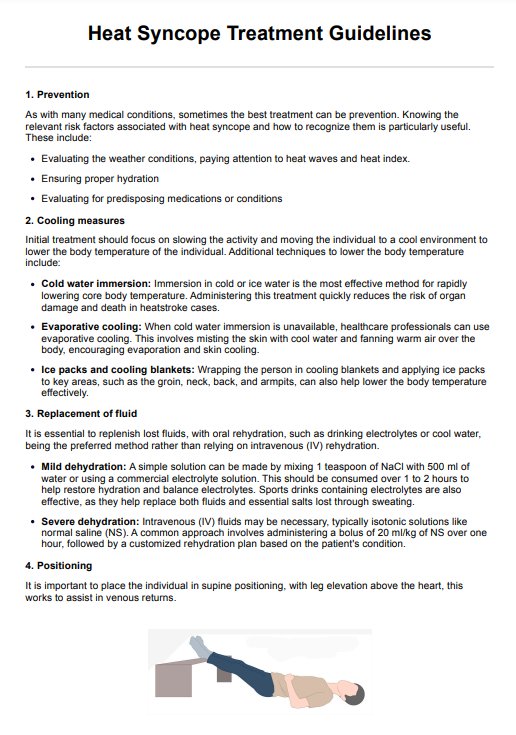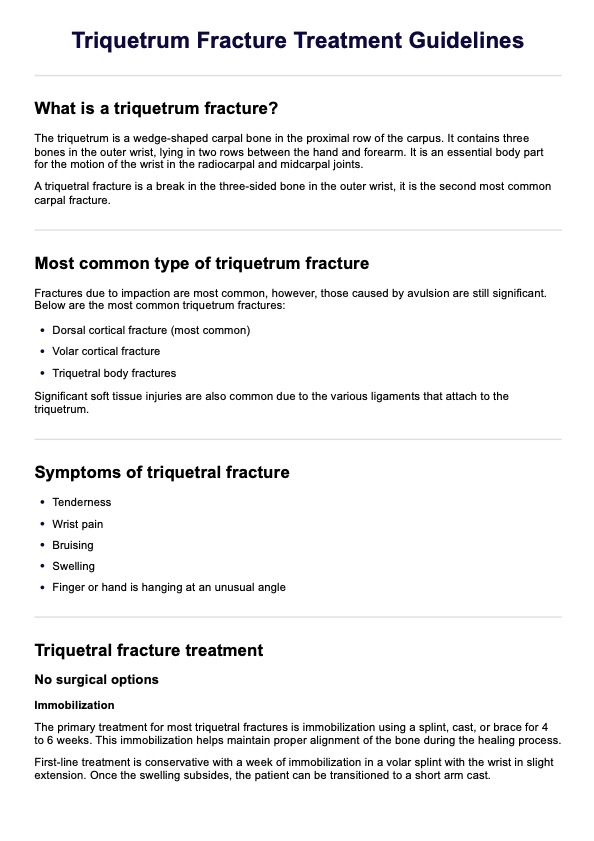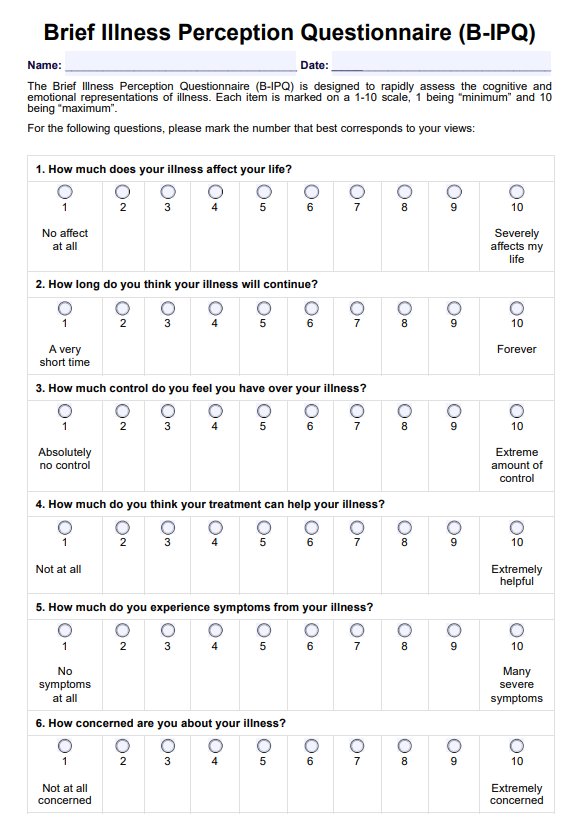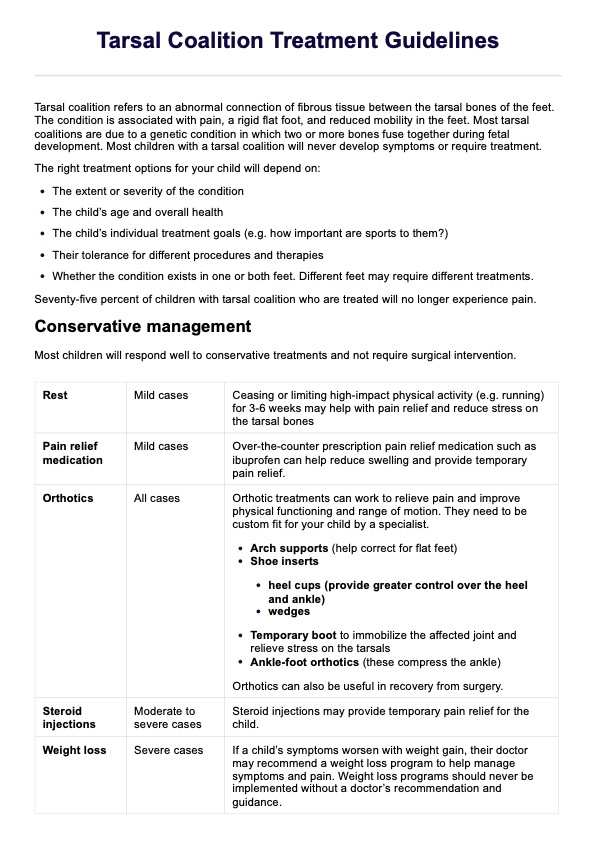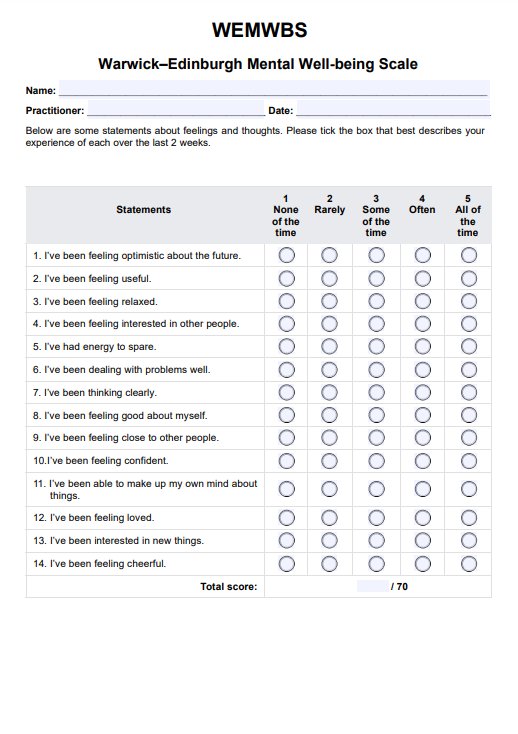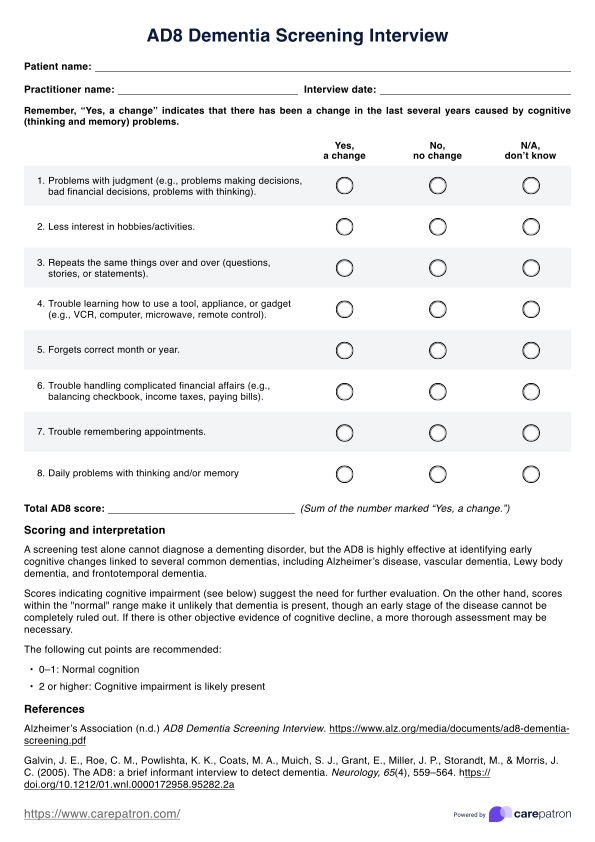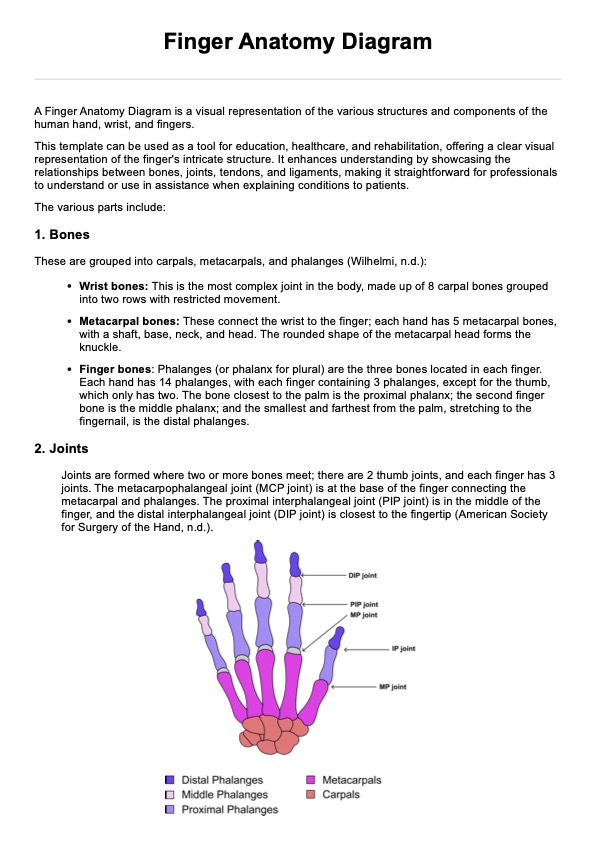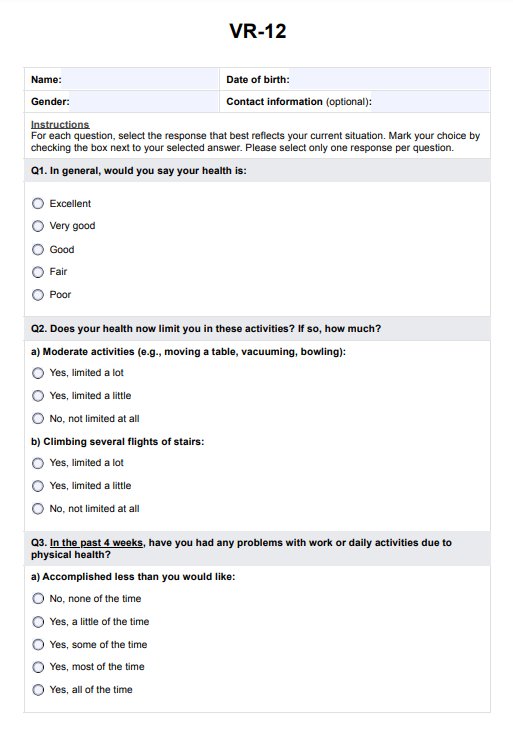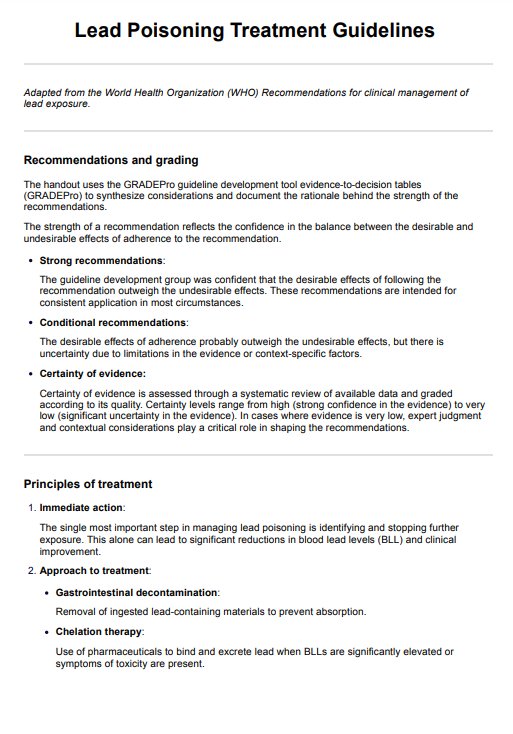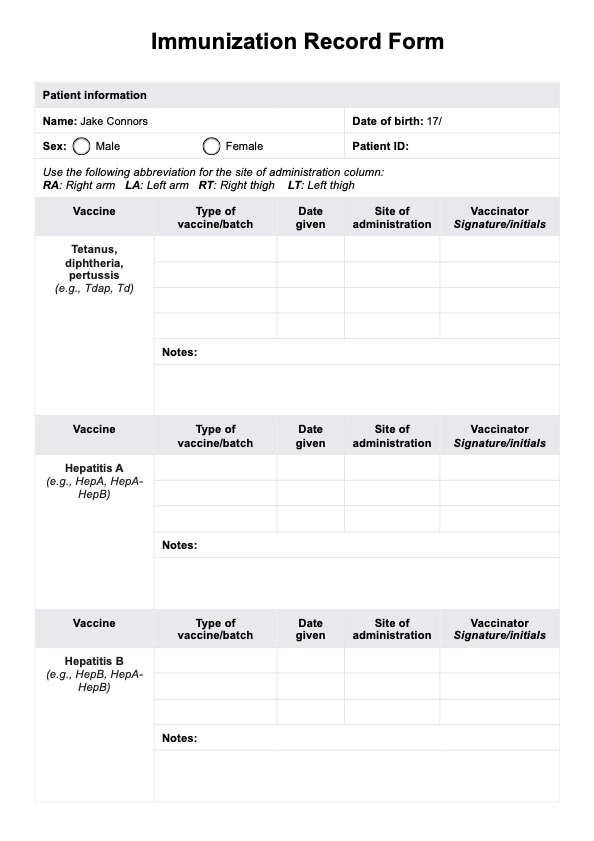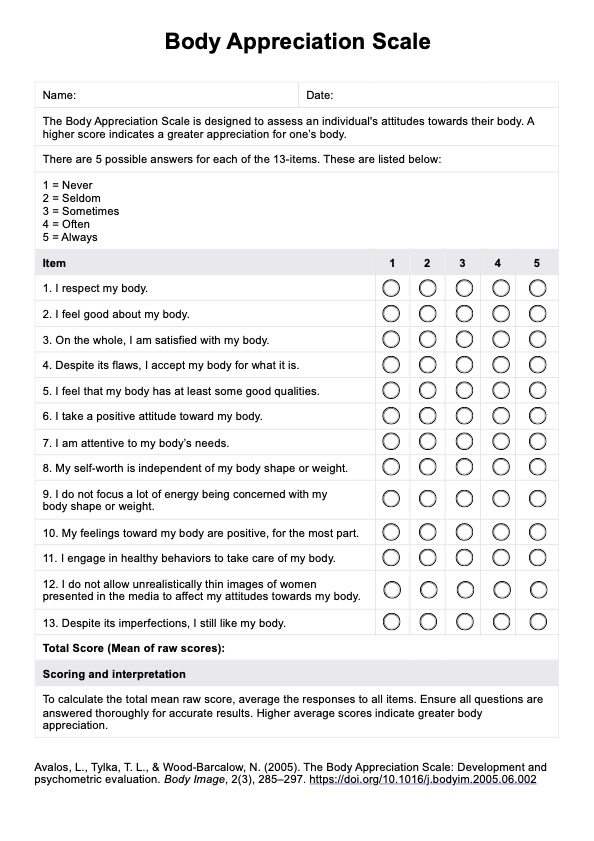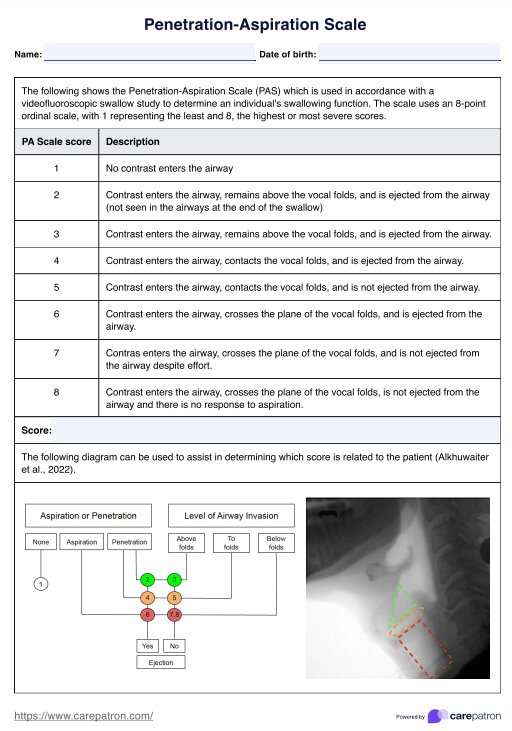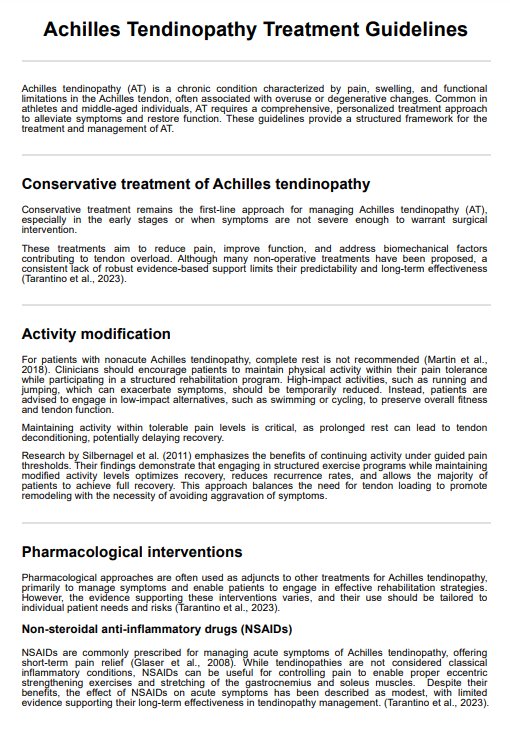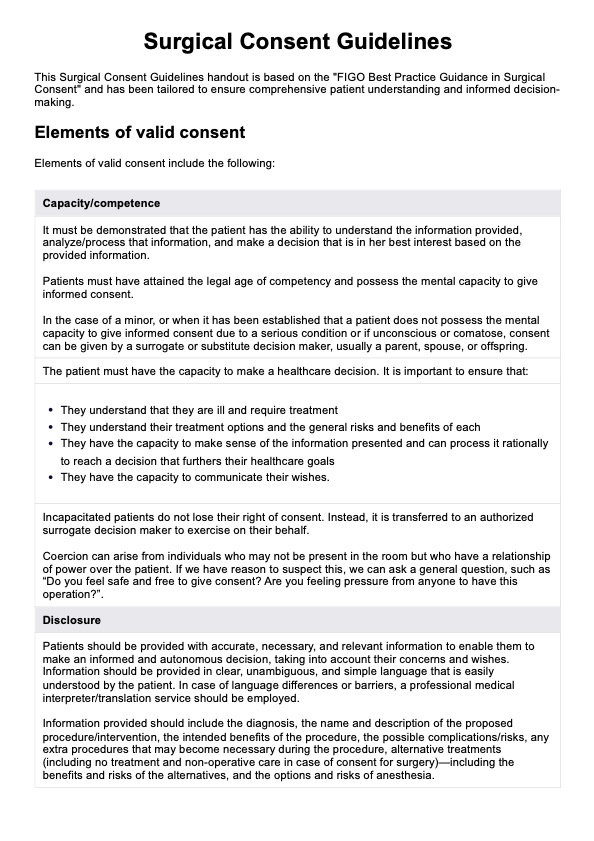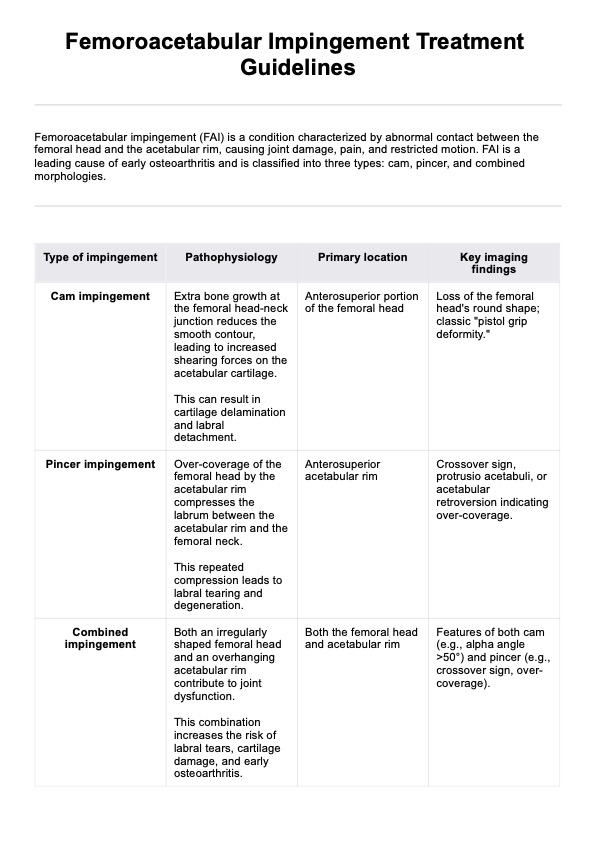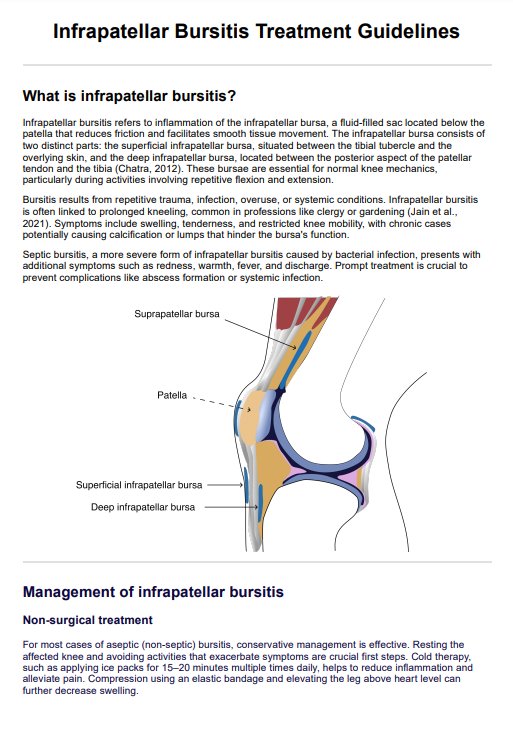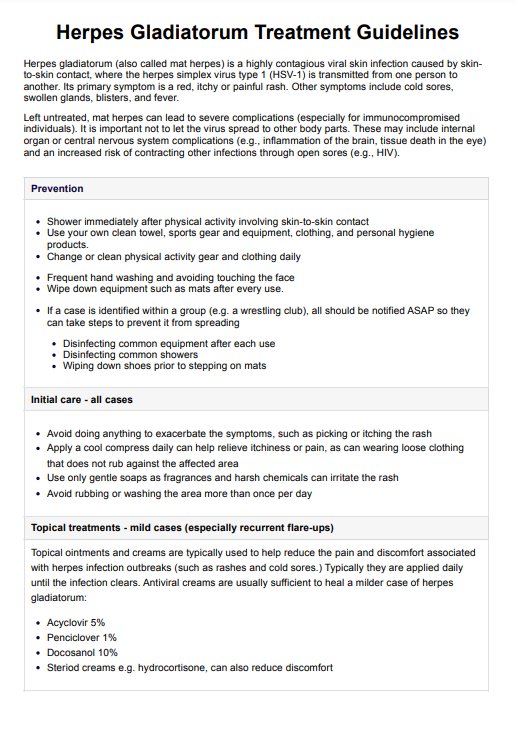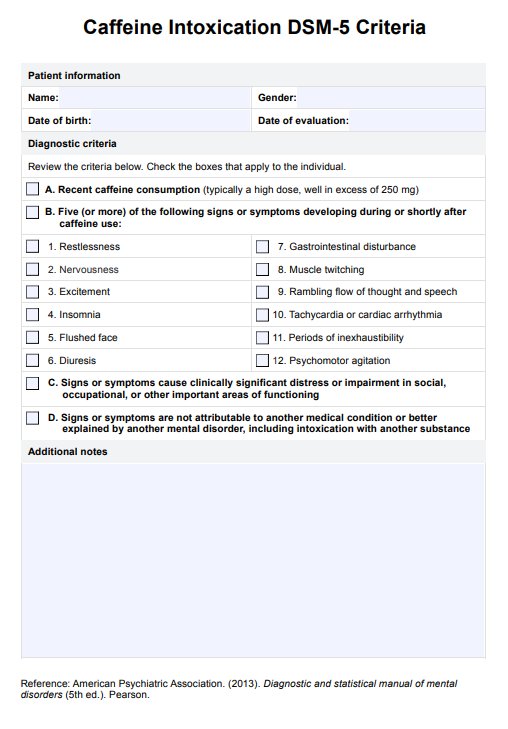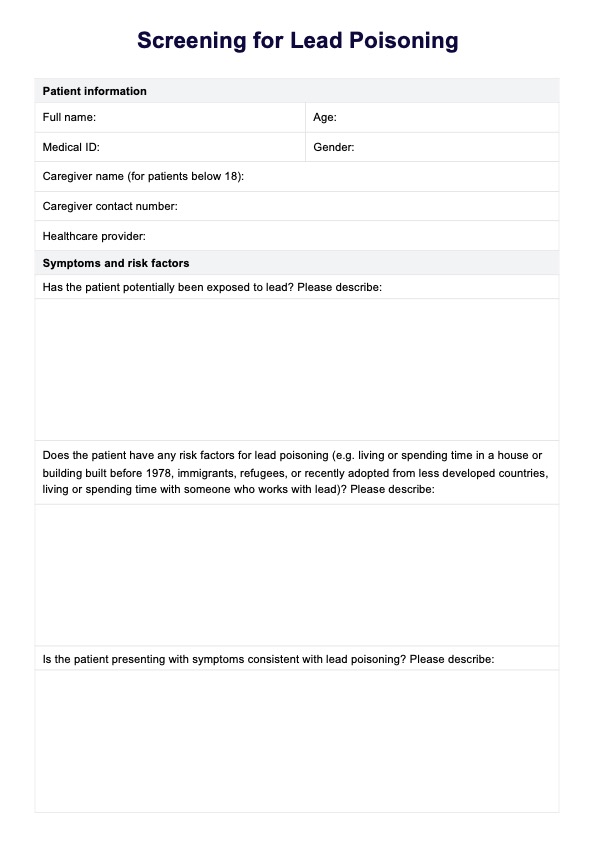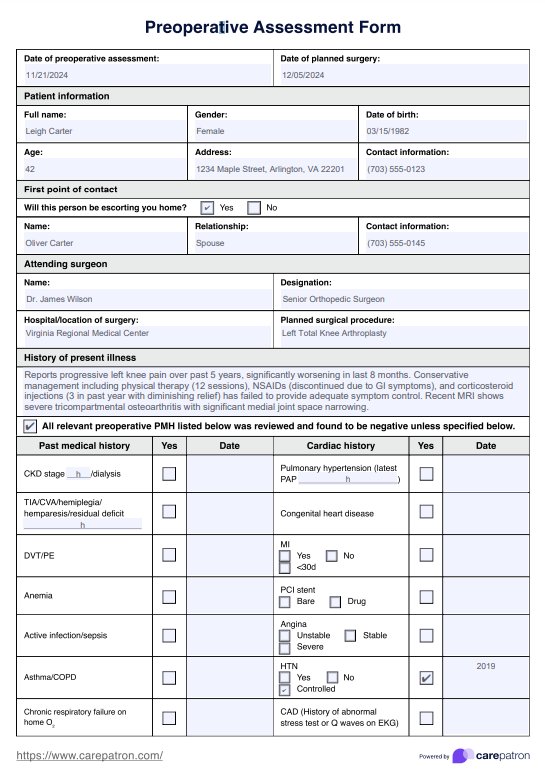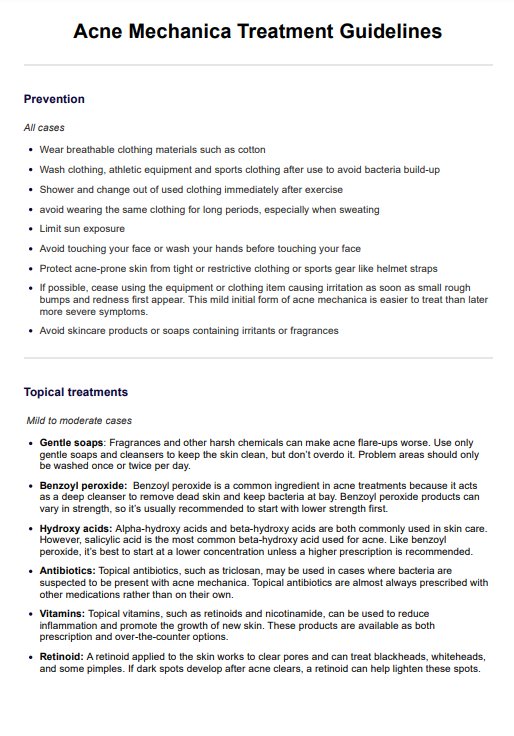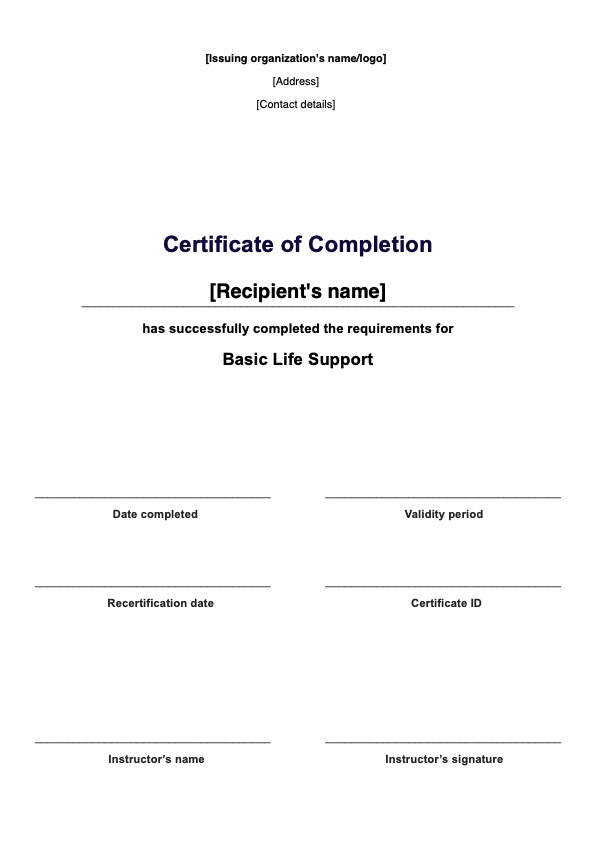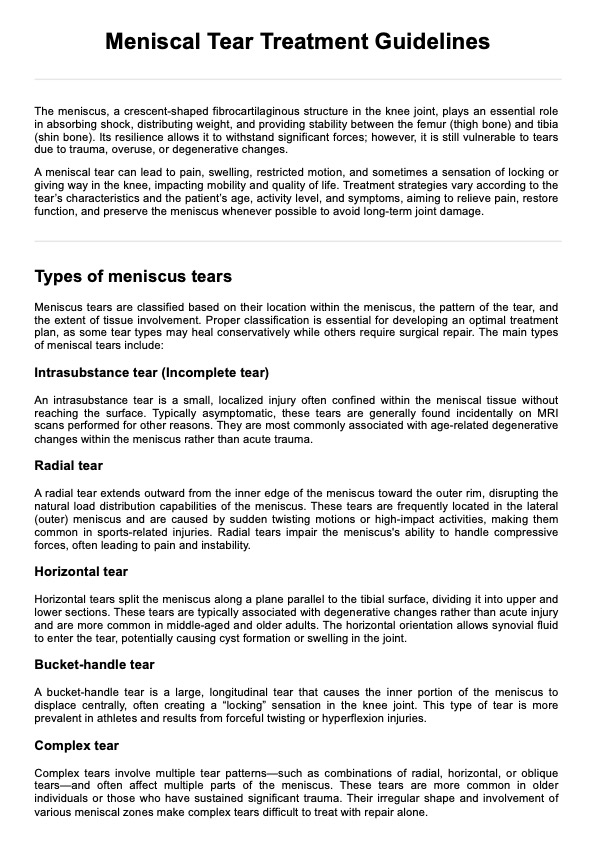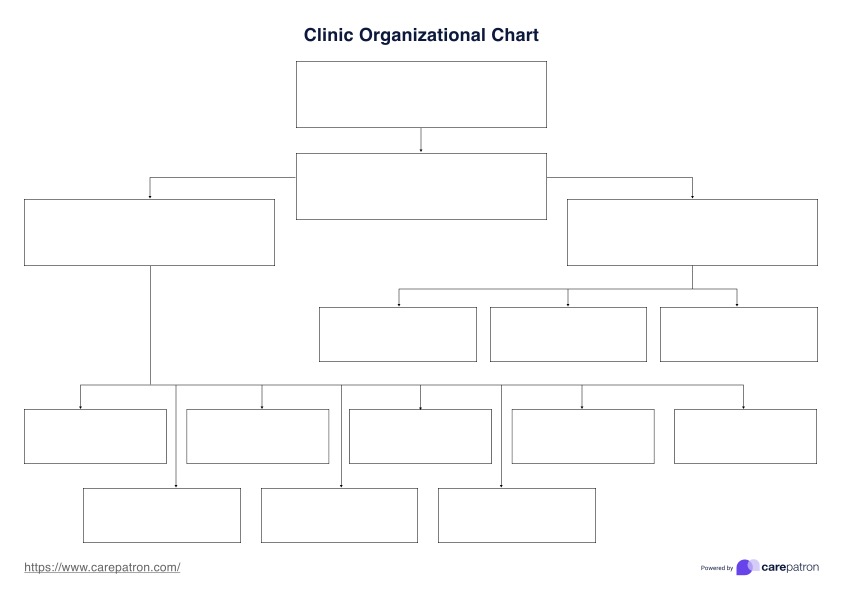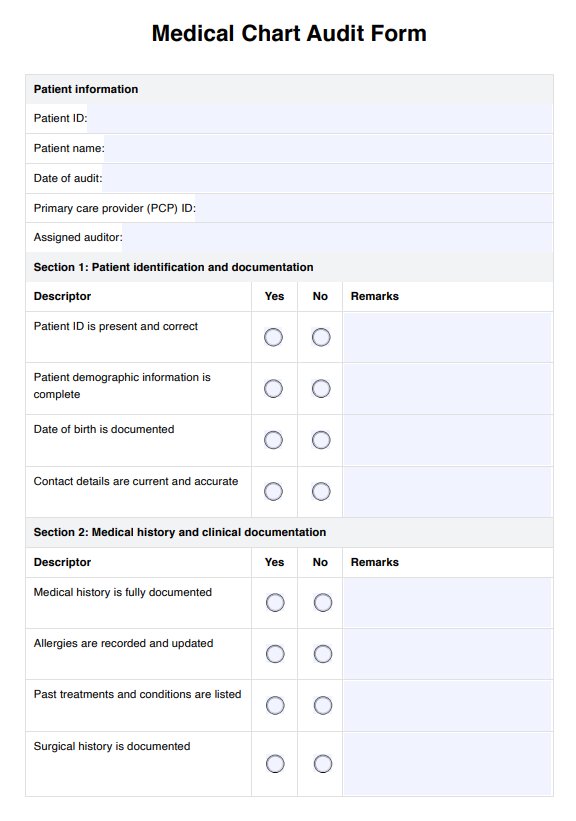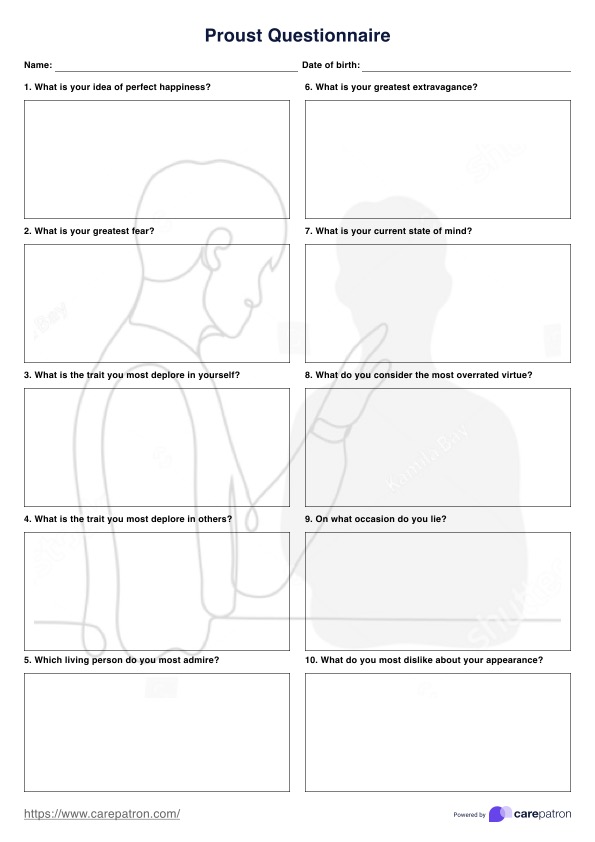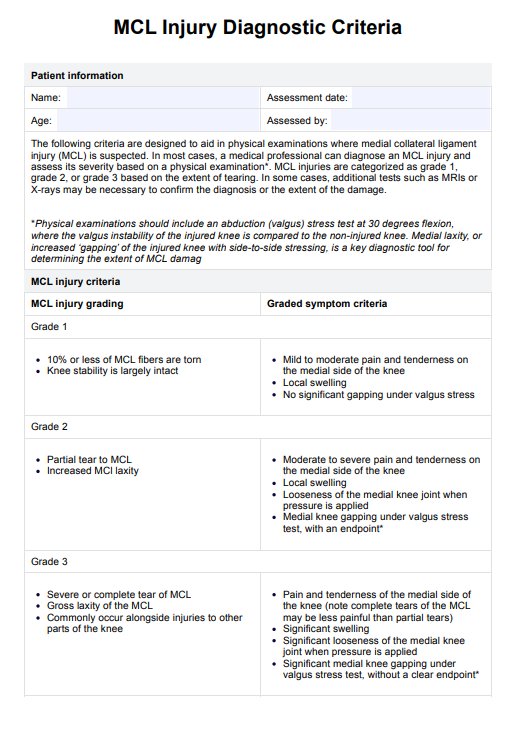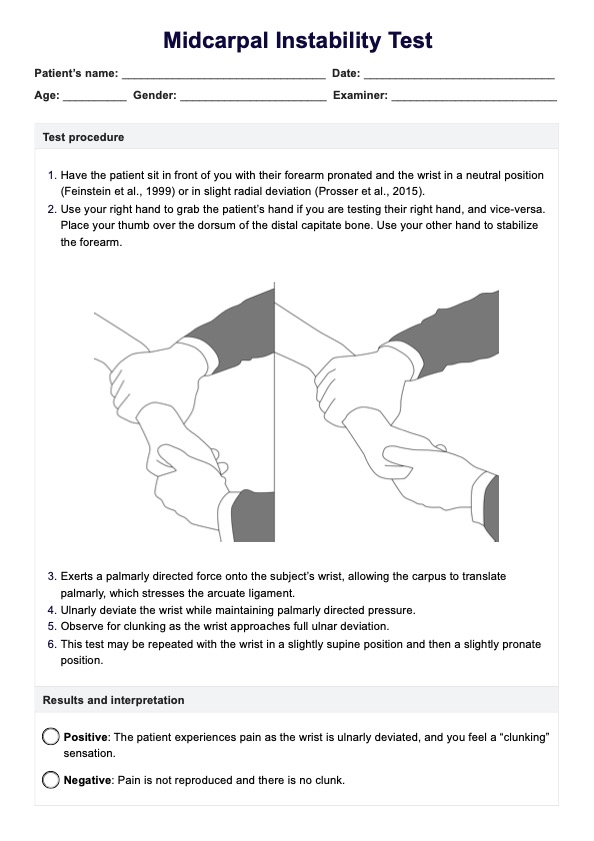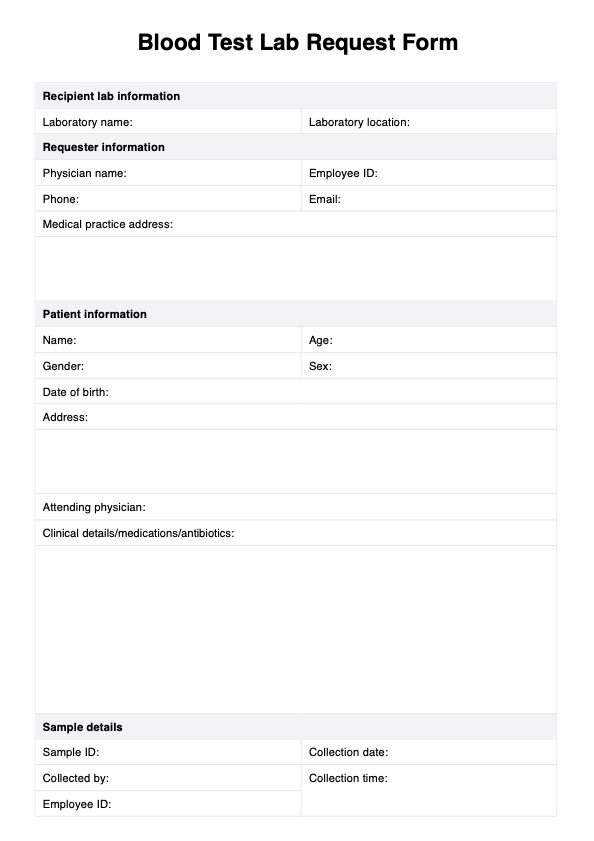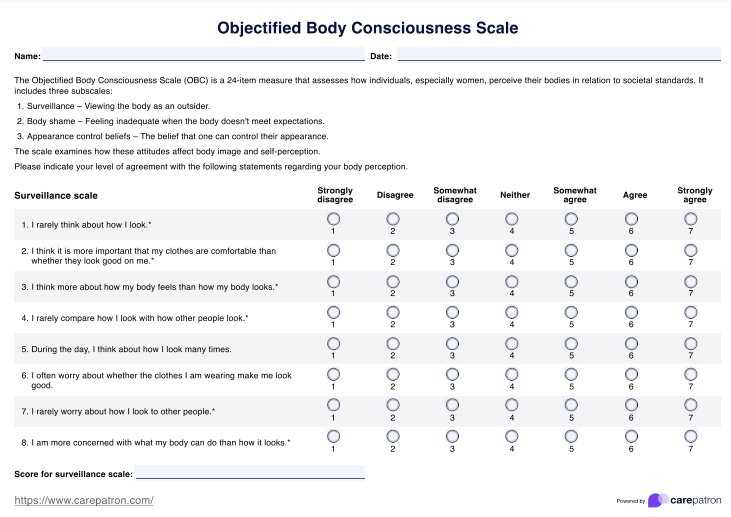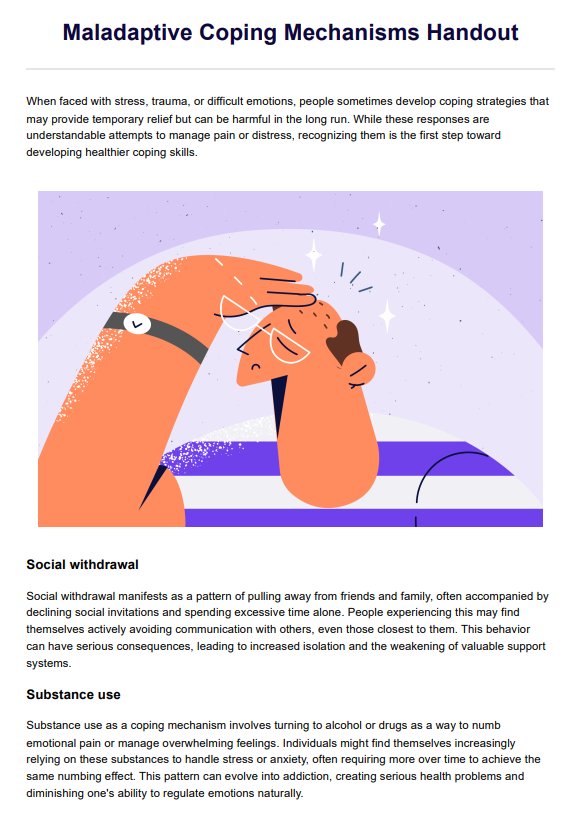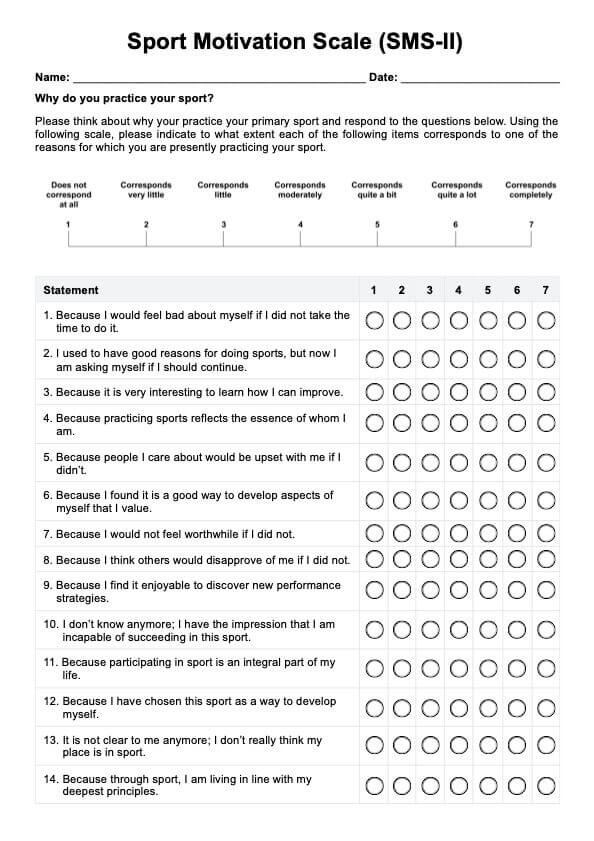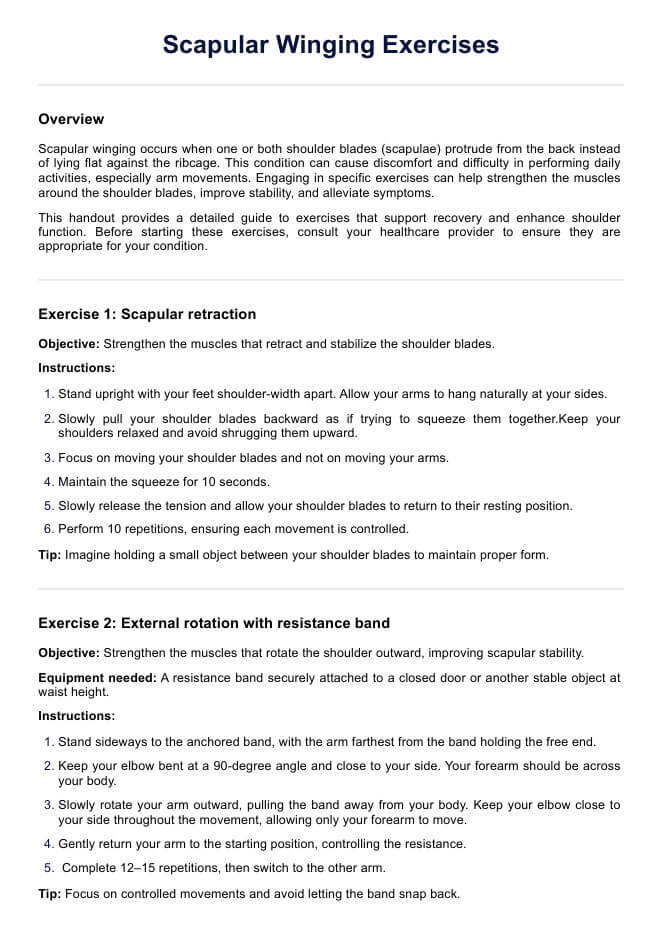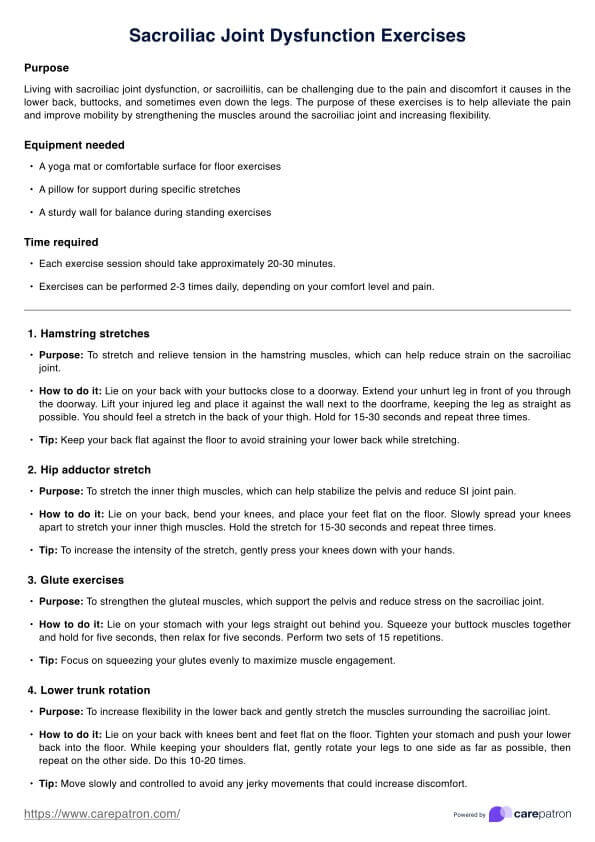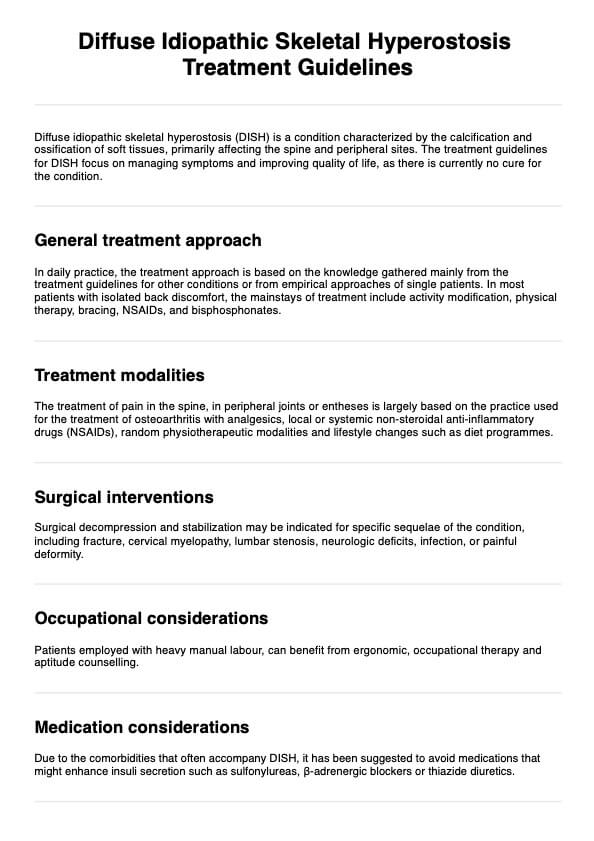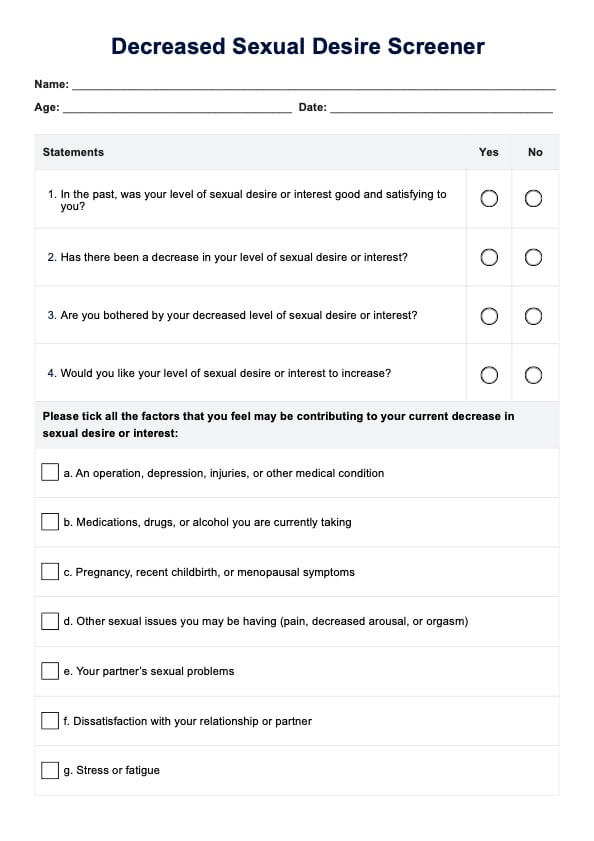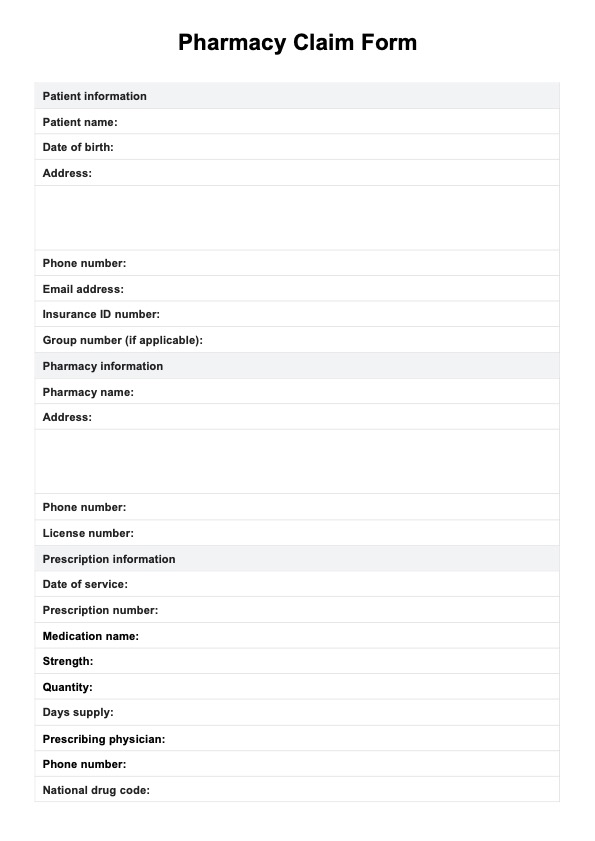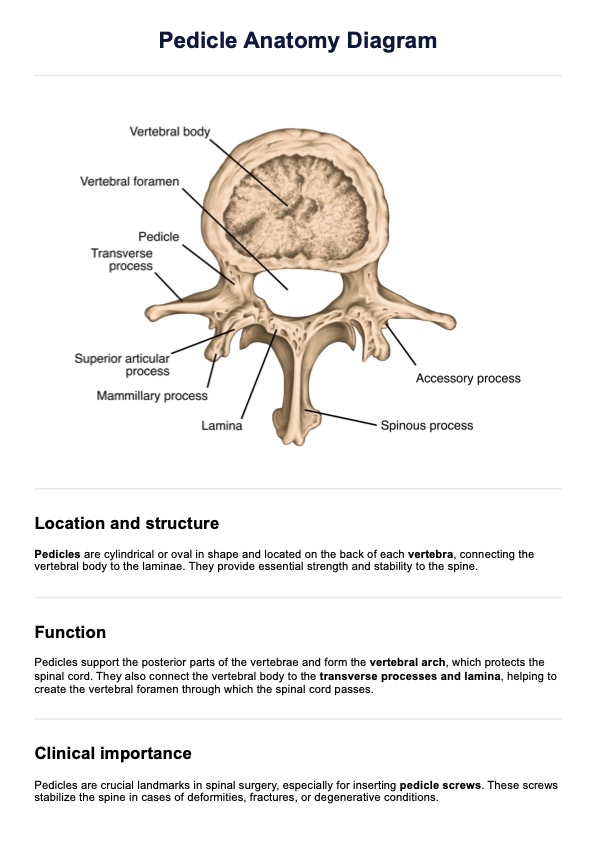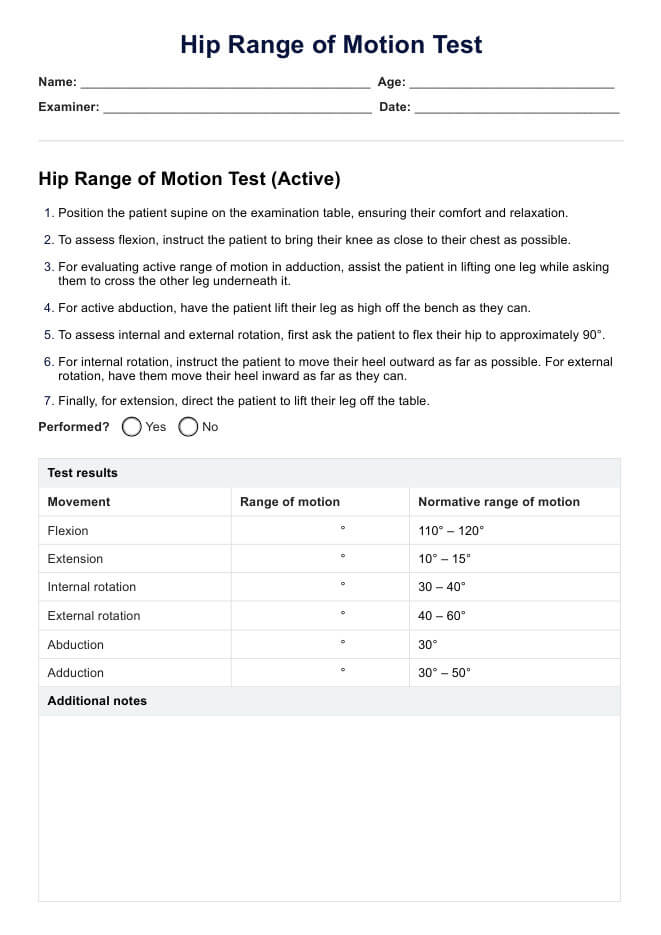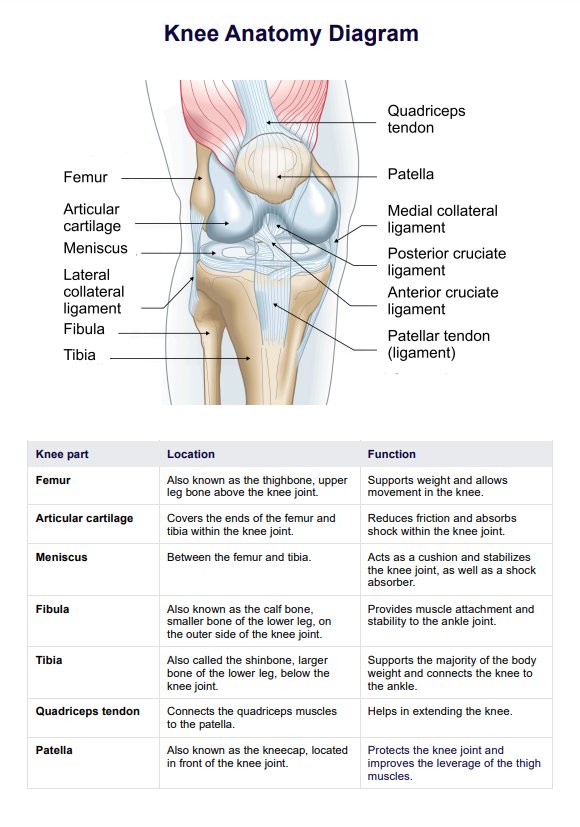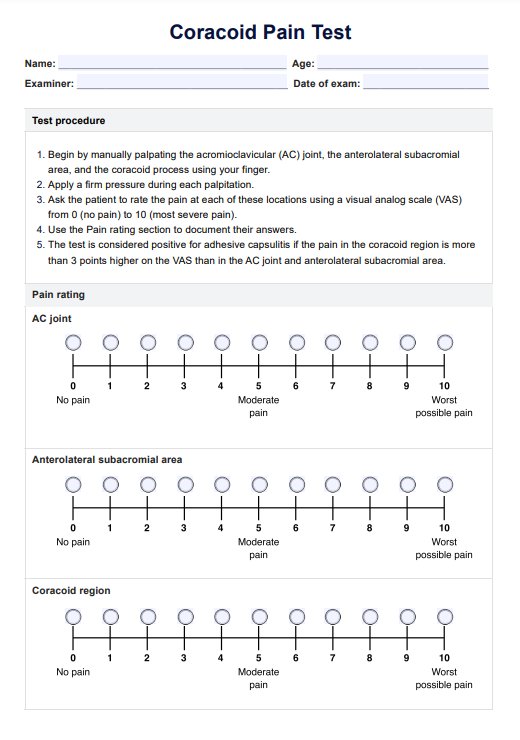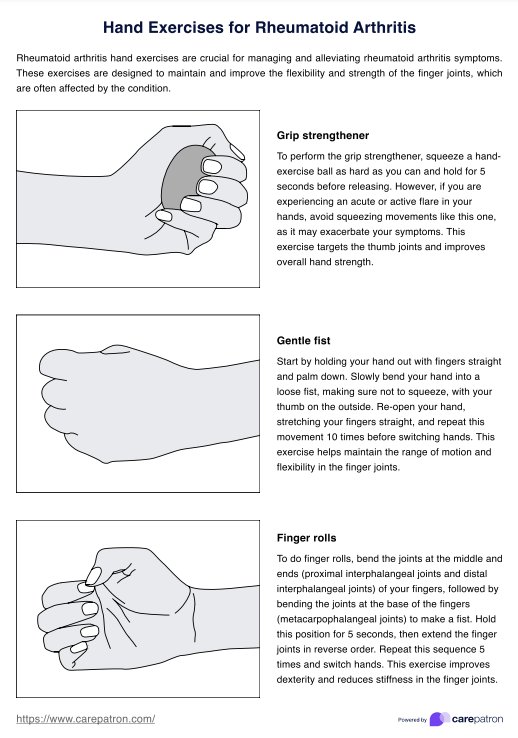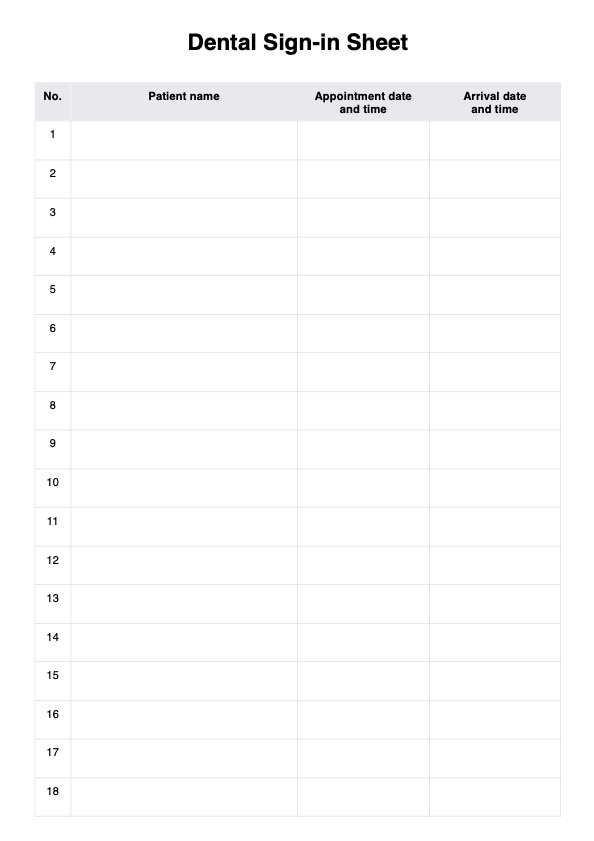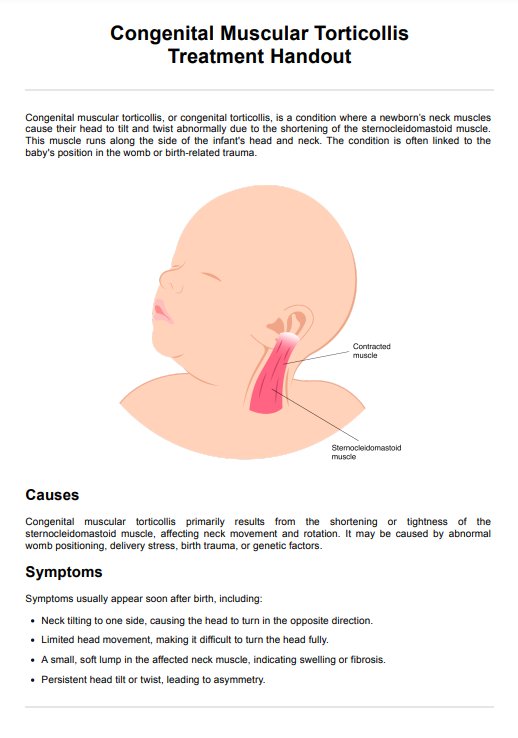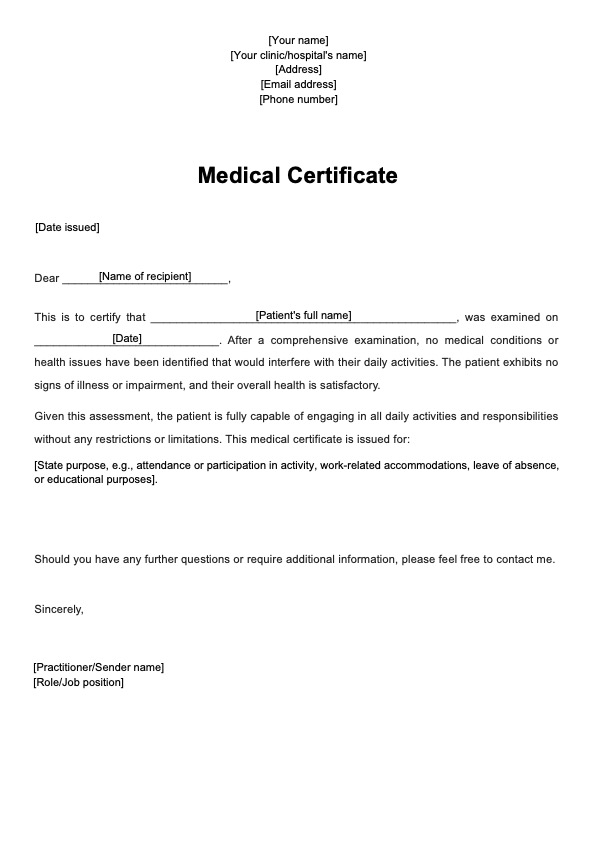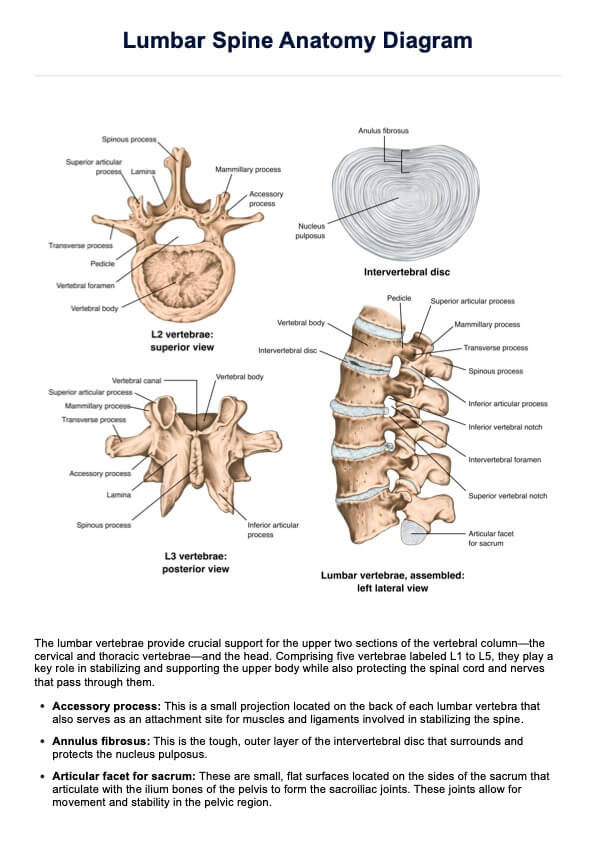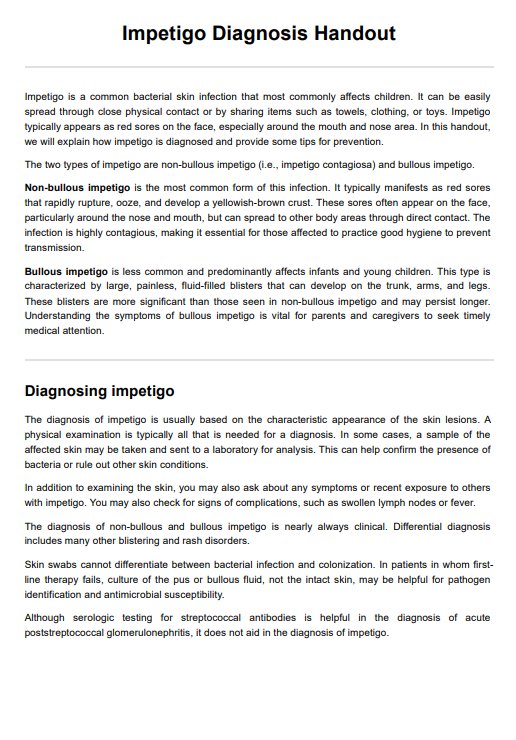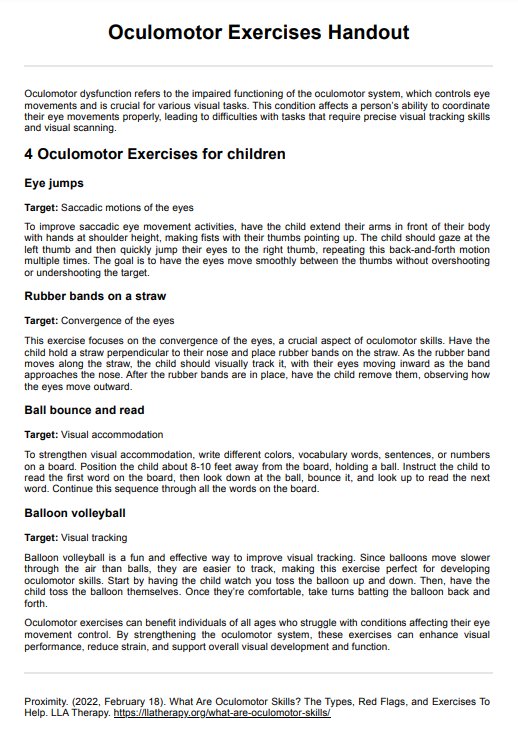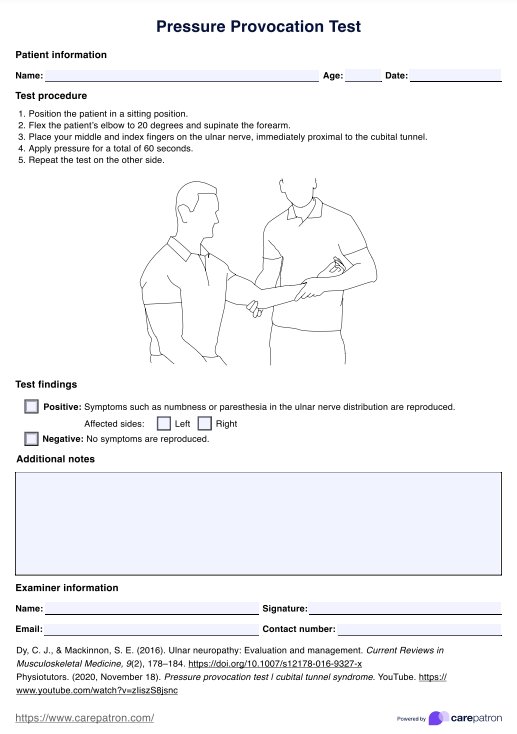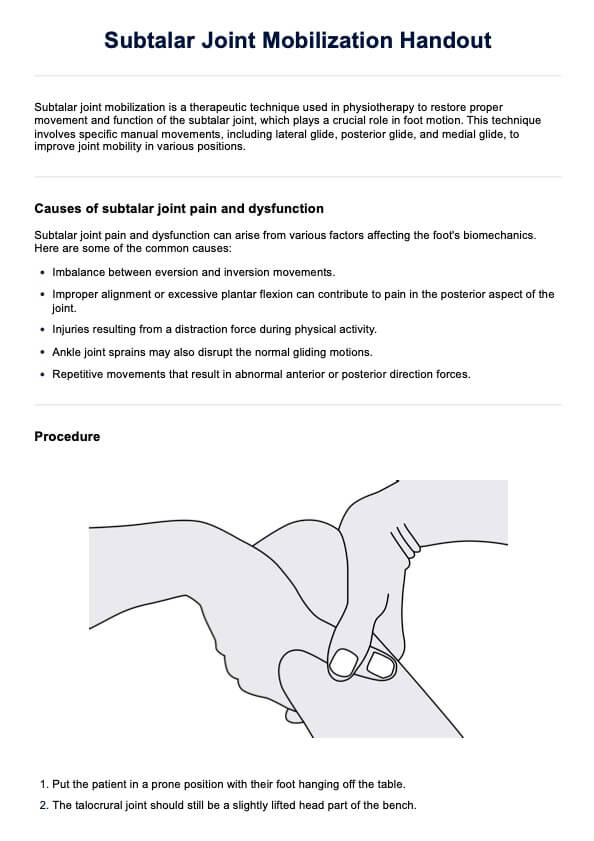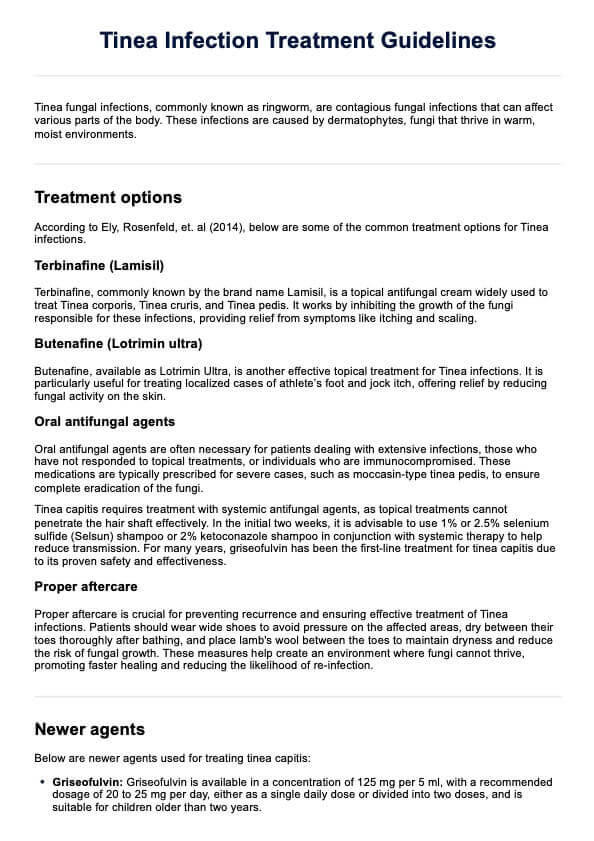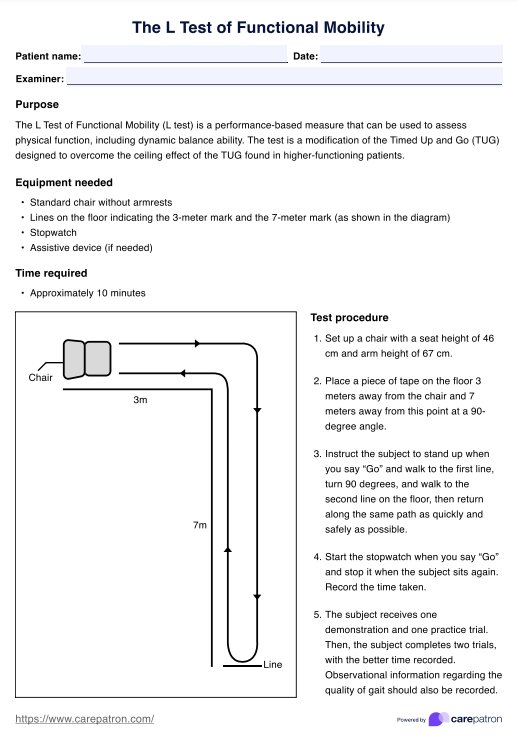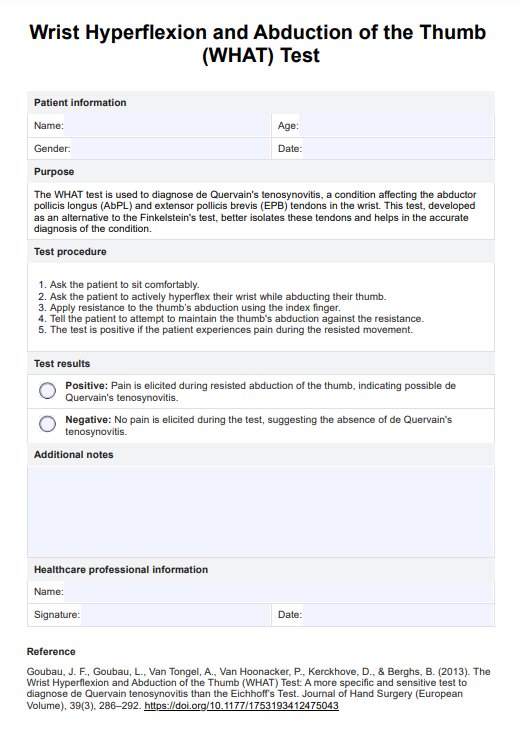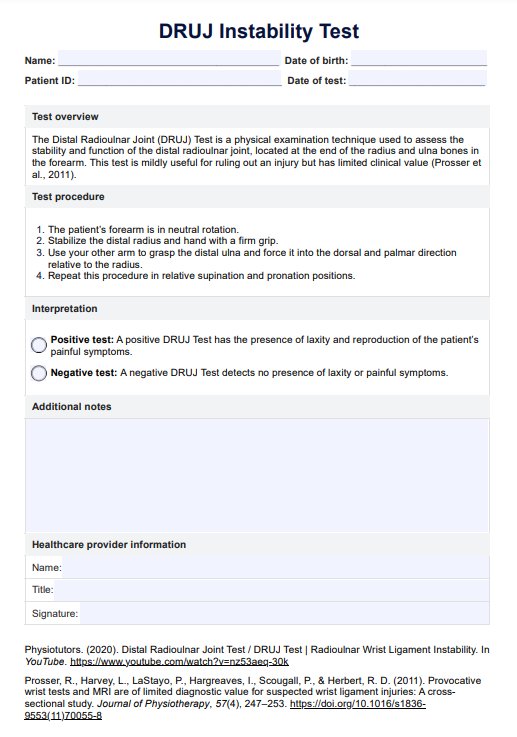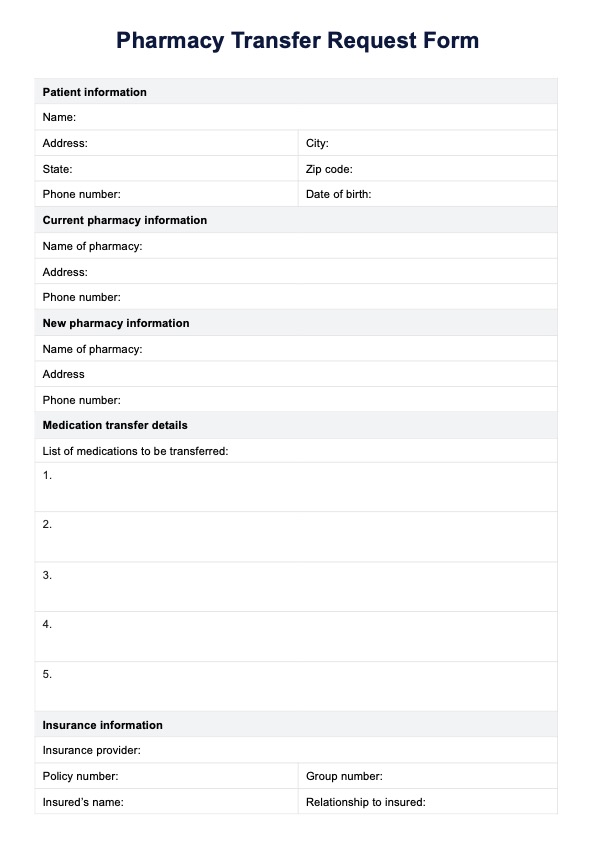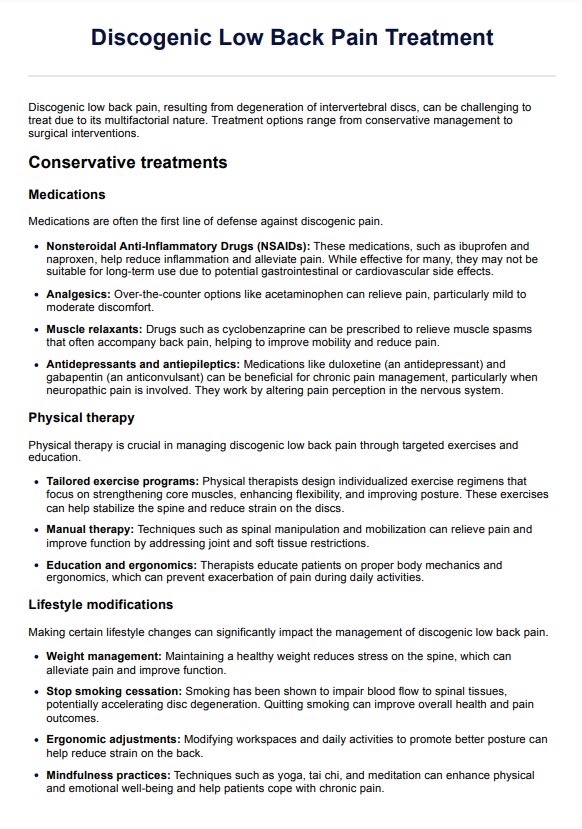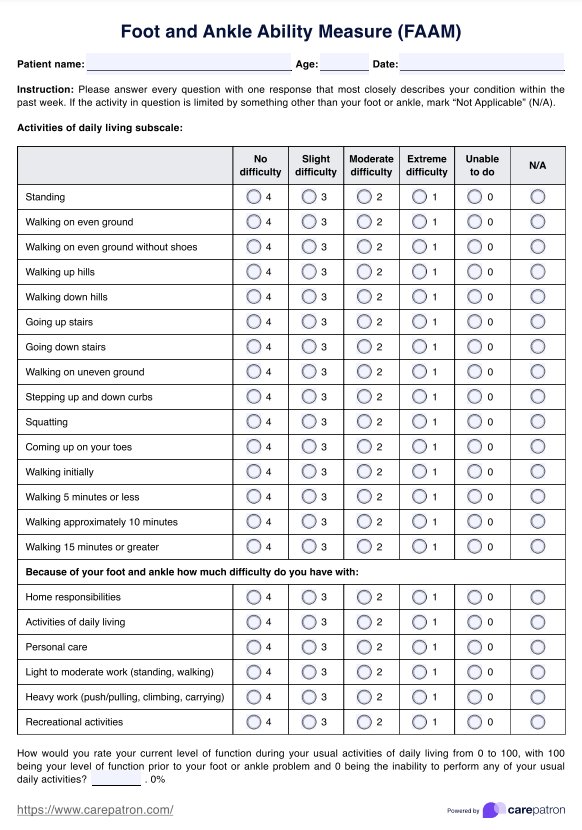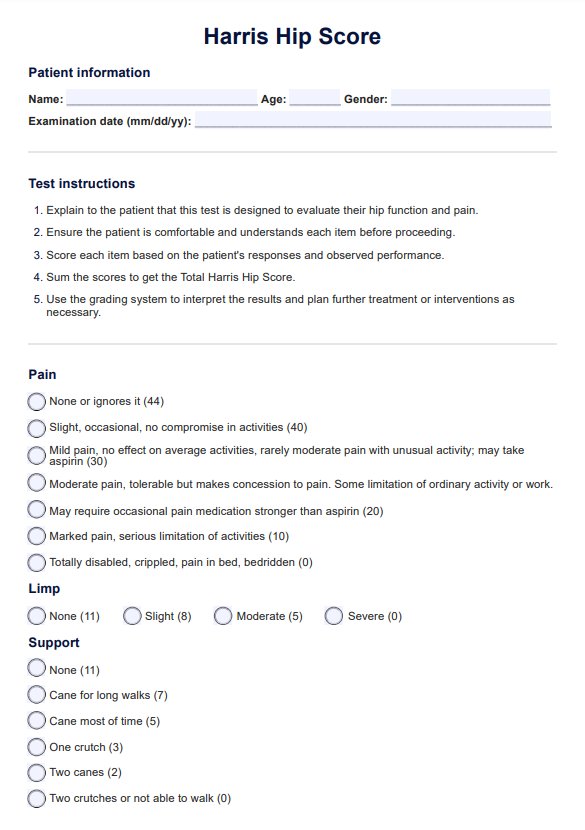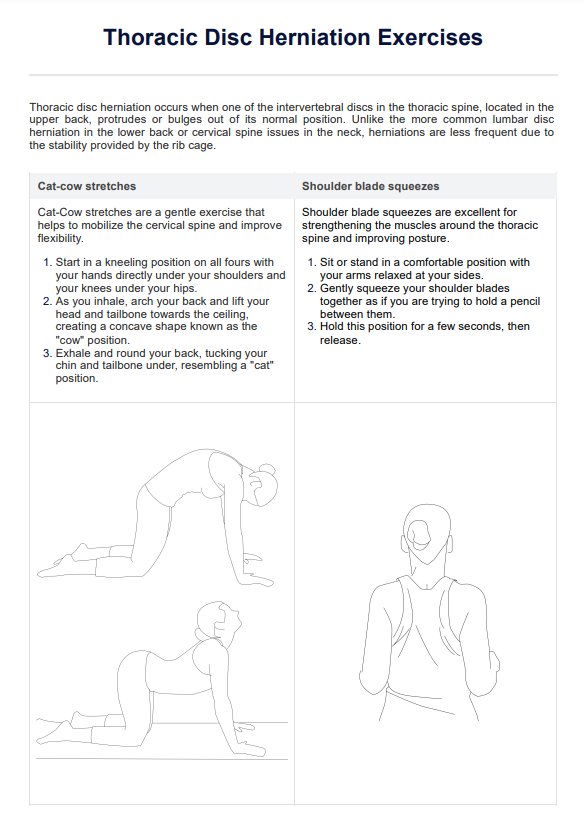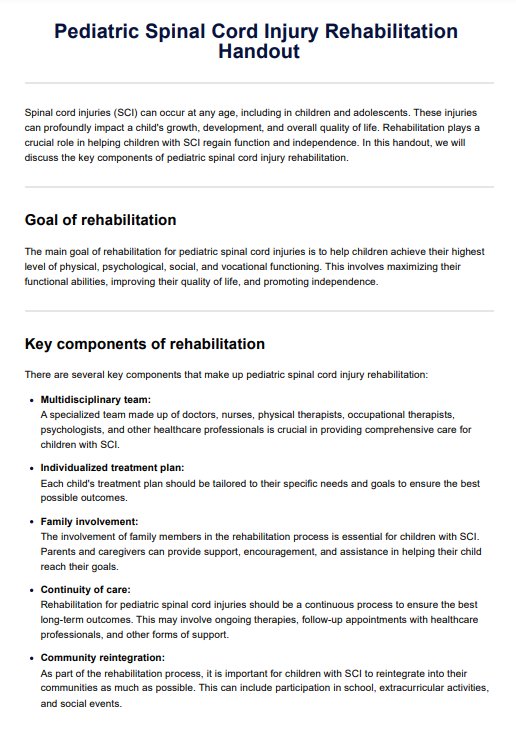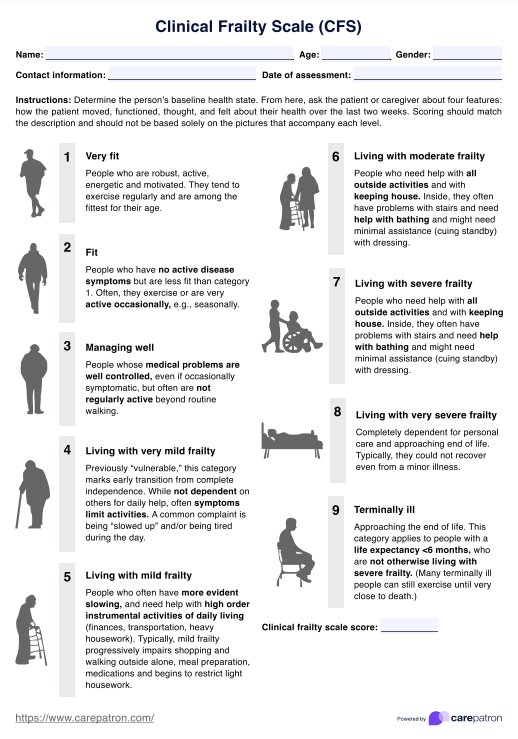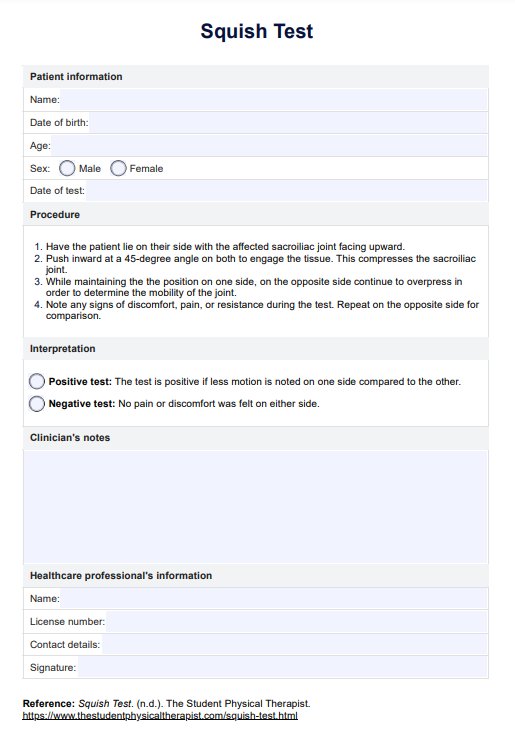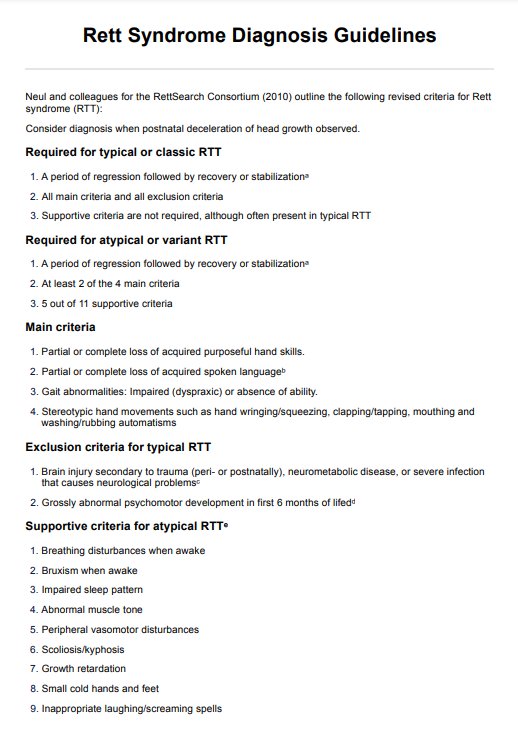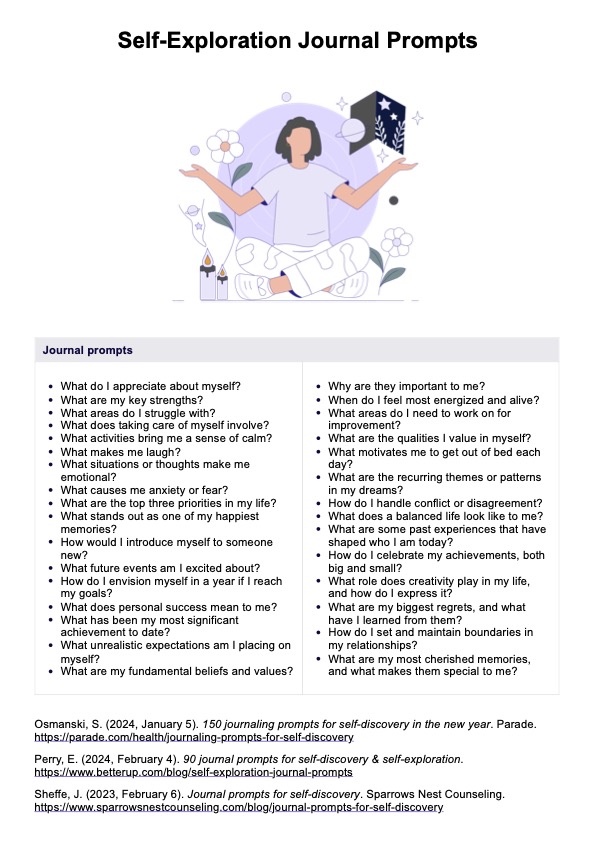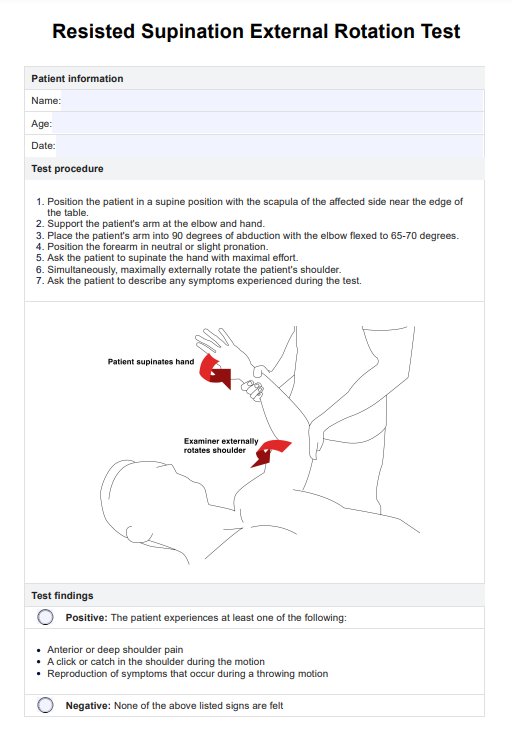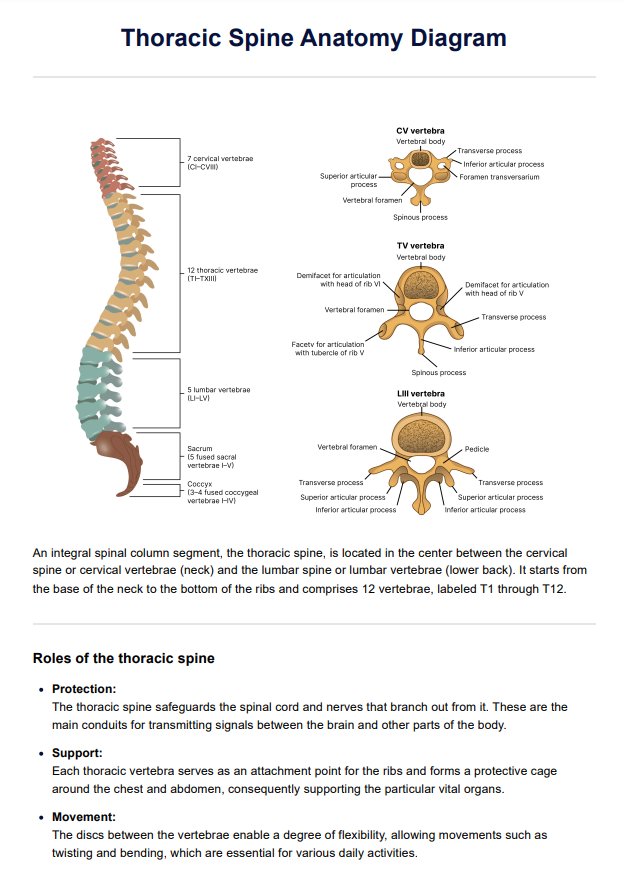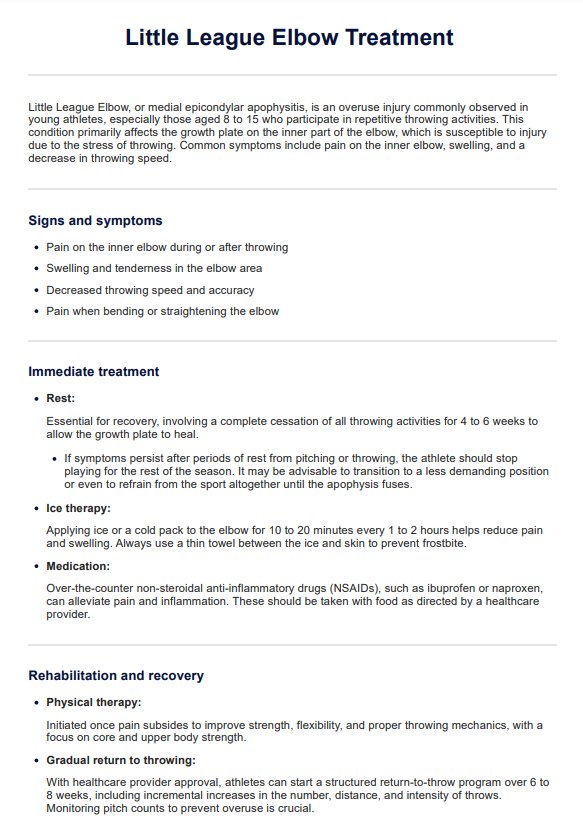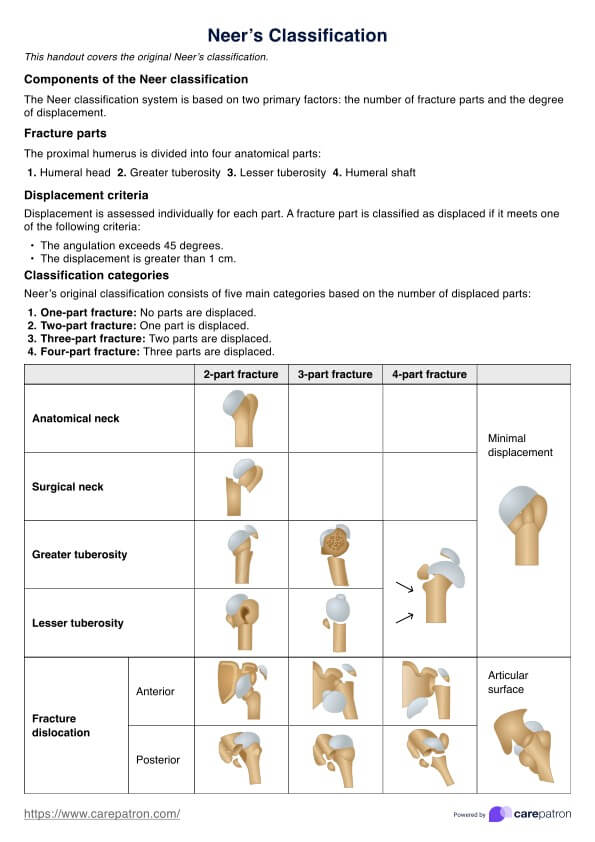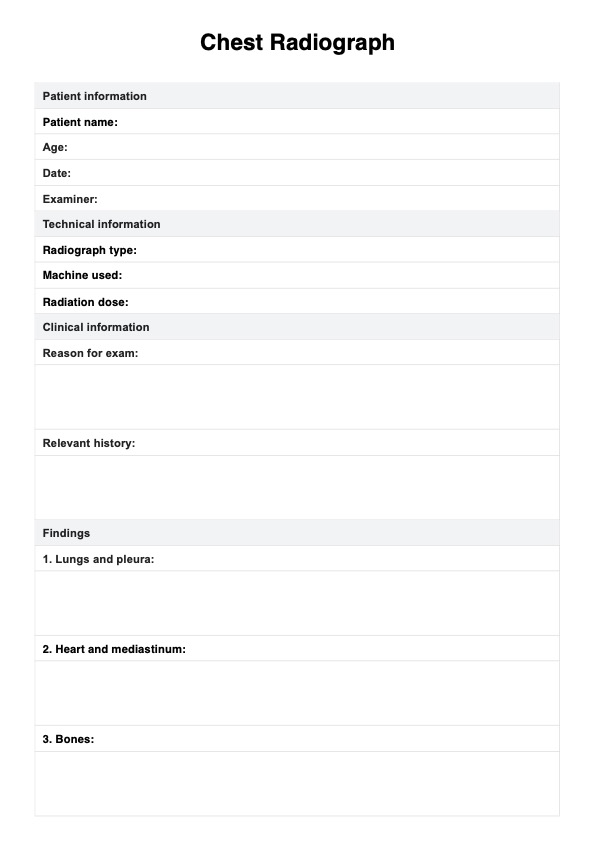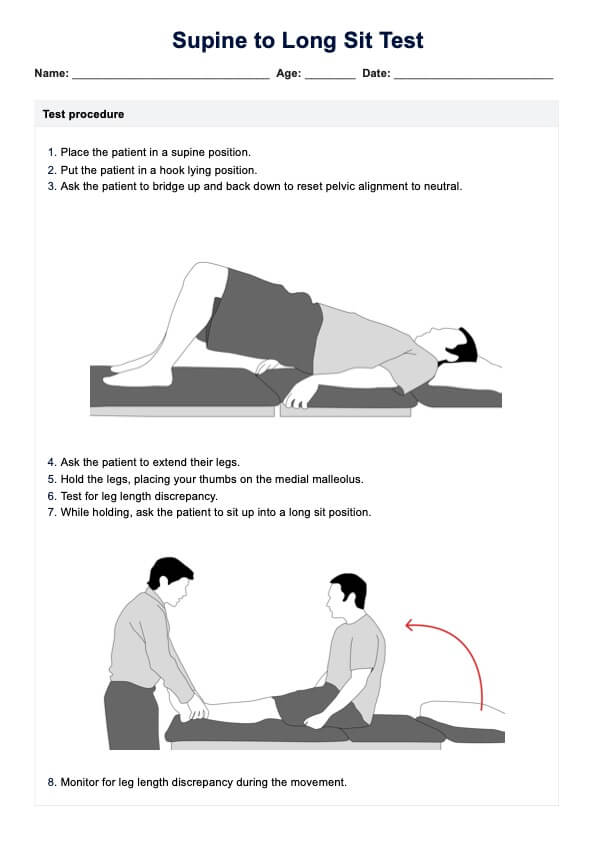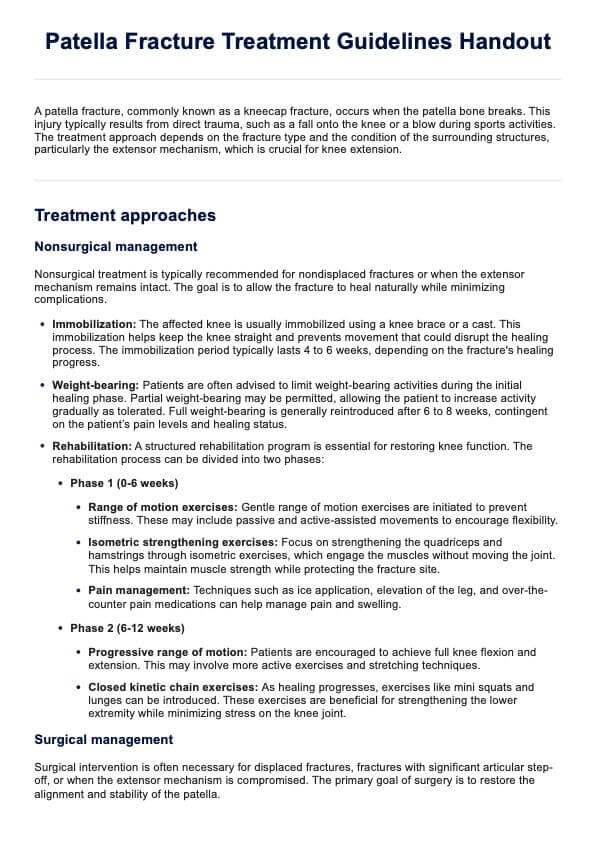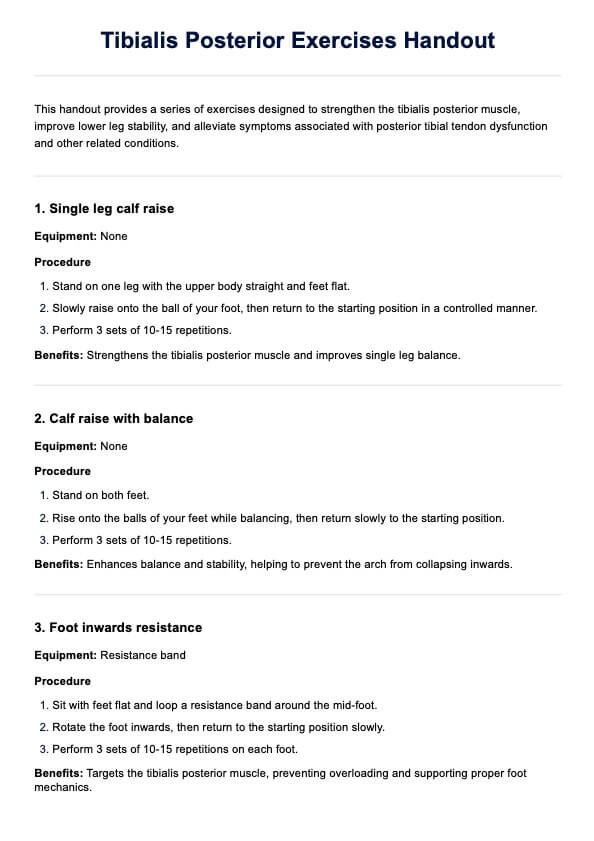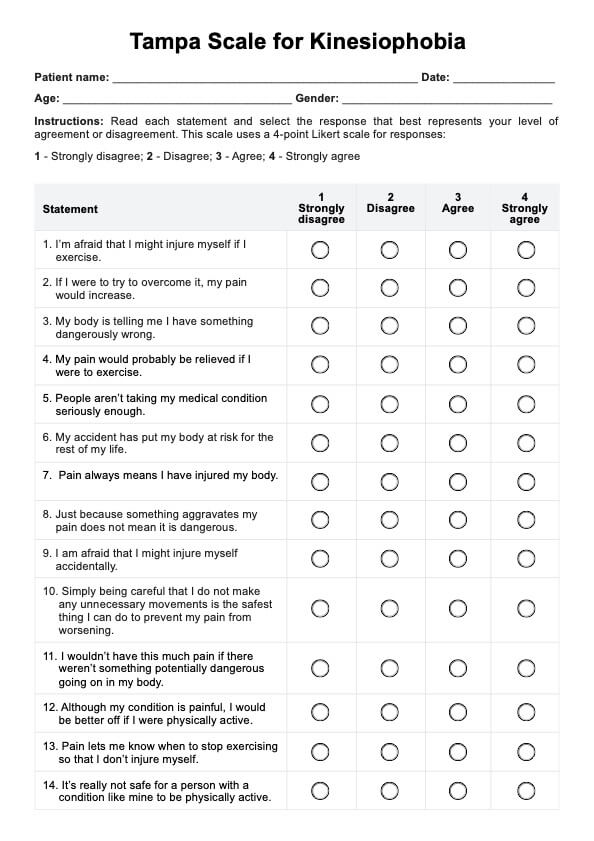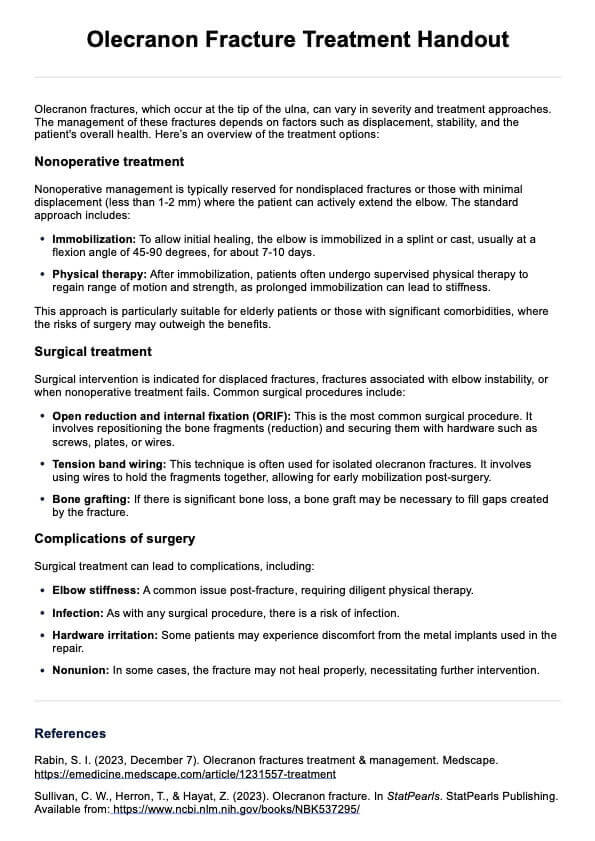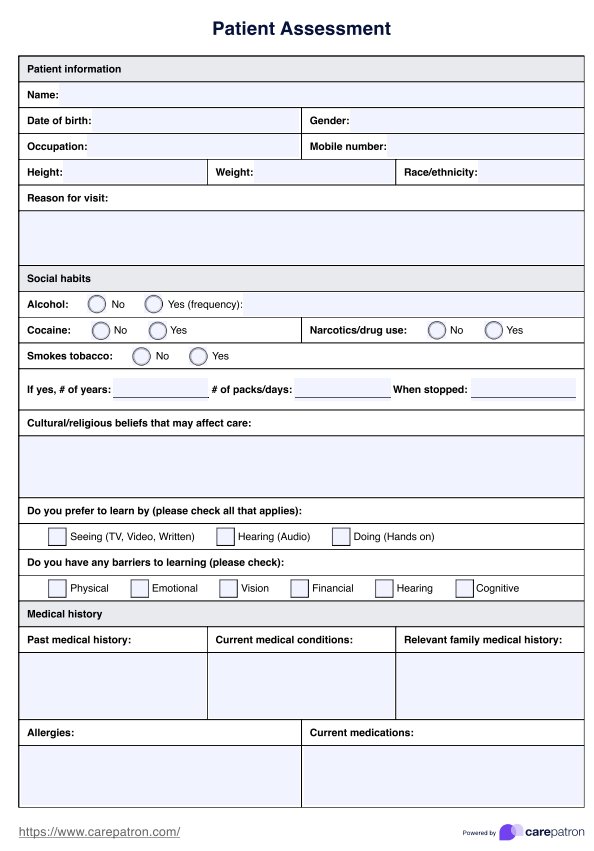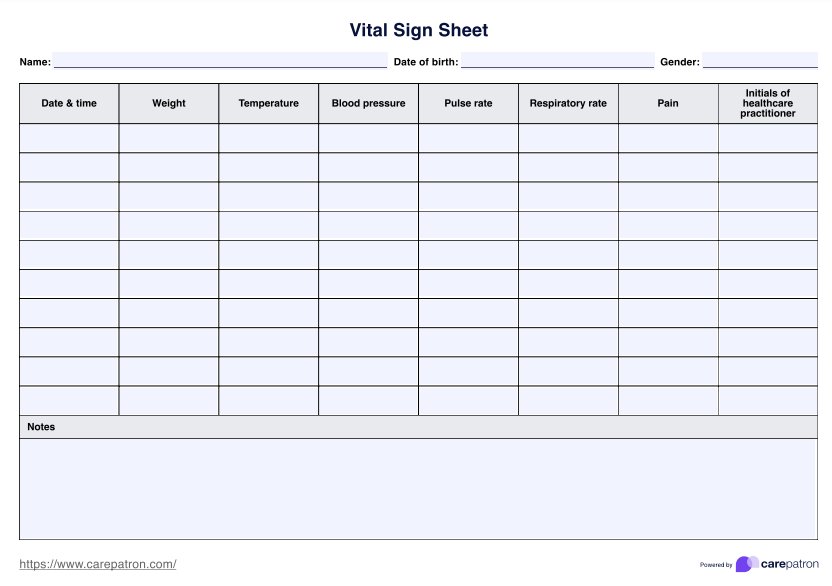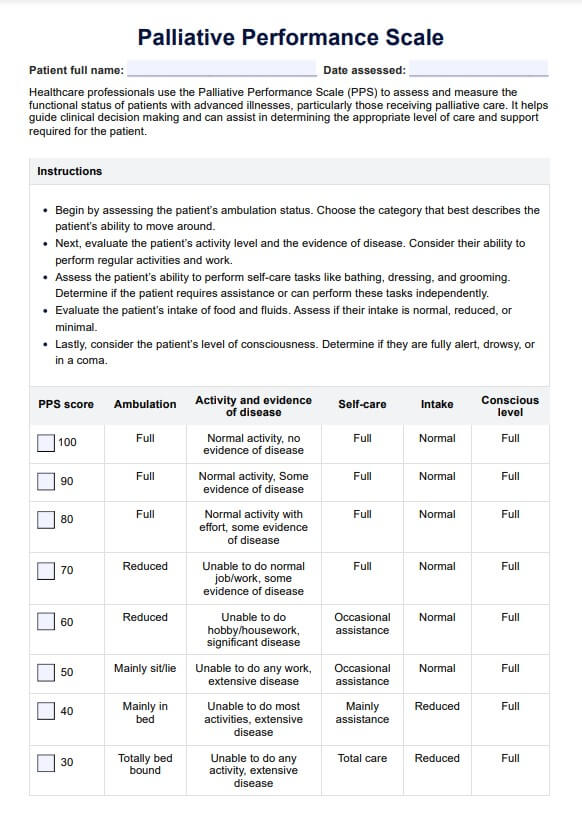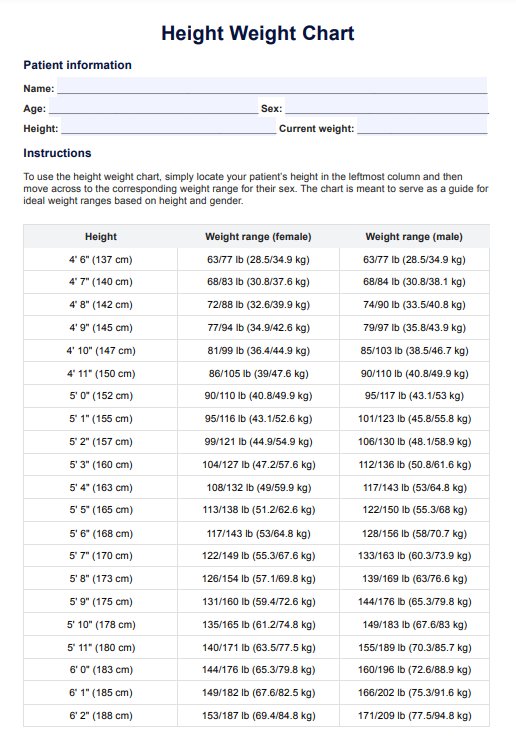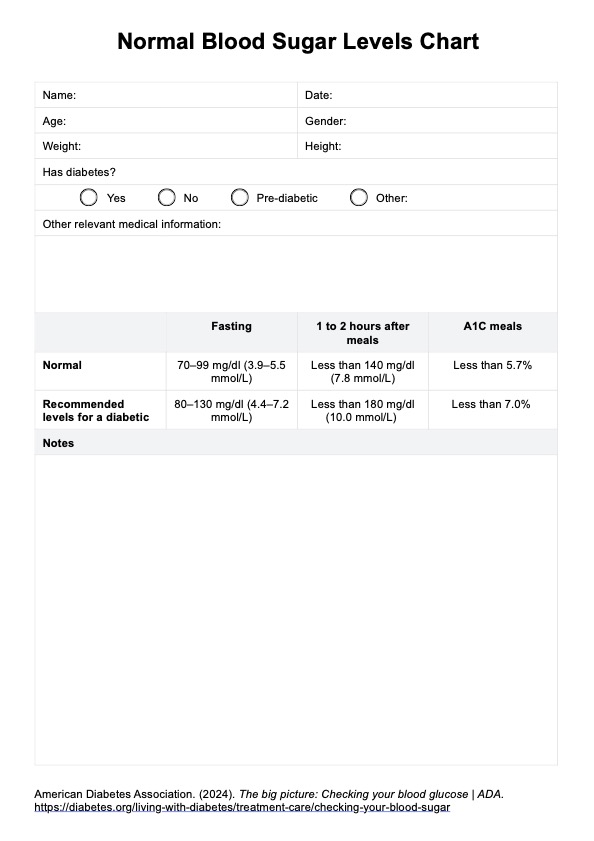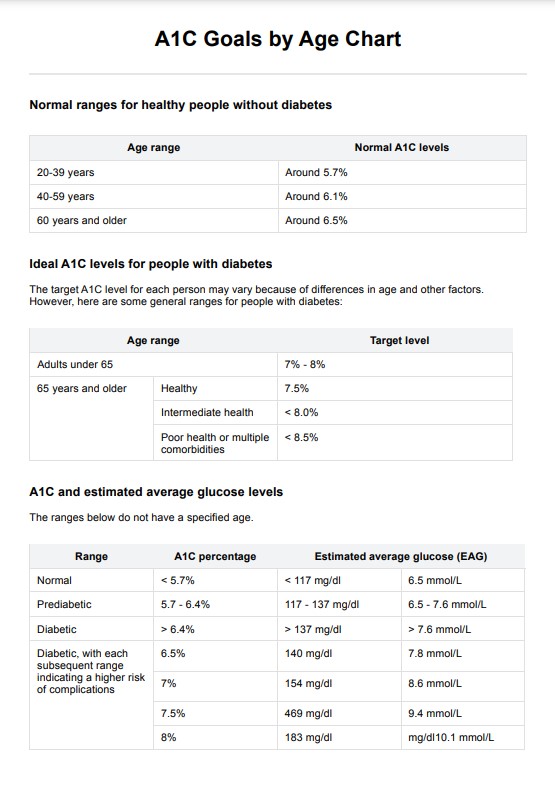Supination Lift Test
Download Carepatron's free Supination Lift Test PDF to assess ankle mobility and function. This serves as a practical tool for healthcare professionals in clinical evaluations.


What is a triangular fibrocartilage complex injury (TFCC)?
A triangular fibrocartilage complex (TFCC) injury refers to damage to the cartilage, ligaments, and tendons located on the ulnar side of the wrist (Casadei & Kiel, 2020). This structure plays a crucial role in stabilizing the distal radioulnar joint and supporting load-bearing during rotational and gripping motions.
A TFCC injury typically results in ulnar sided wrist pain, especially with activities that involve pronation, supination, or axial loading. TFCC injuries are categorized as either traumatic (e.g., falls on an outstretched hand) or degenerative due to repetitive strain or age-related wear. Chronic degenerative injury may also be associated with conditions like gout or rheumatoid arthritis. Clinically, TFCC injuries can mimic other ulnar wrist pathologies such as ulnar styloid impingement syndrome, ulnar carpal impingement, and flexor muscle tendonitis.
Symptoms often include clicking, swelling, reduced grip strength, and instability. Diagnosis relies on imaging and physical assessment, often involving symptoms TFCC stress test to provoke pain and confirm the source of dysfunction (Jawed et. al., 2020).
Supination Lift Test Template
Supination Lift Test Example
What is a Supination Lift Test?
The Supination Lift Test is a clinical examination used to evaluate the integrity of the triangular fibrocartilage complex in the wrist. It is primarily used by a physical or occupational therapist to assess for TFCC tears, especially in cases involving ulnar-sided wrist pain or instability. During the test, the patient is asked to sit with elbows flexed at 90 degrees and forearms supinated.
With their palms flat under a table or fixed surface, they attempt to lift the surface upward. Pain during this resisted motion—especially with forced wrist extension or forced ulnar deviation—may indicate TFCC injury. This test is especially useful in patients who sustain TFCC injuries from trauma, repetitive loading, or those with chronic injury and positive ulnar variation.
How does our Supination Lift Test template work
The Supination Lift Test template on Carepatron streamlines the assessment process for TFCC injuries. Designed for use by healthcare professionals, it offers a structured and efficient way to document findings, interpret results, and guide patient care—all within an integrated clinical workflow.
Step 1: Access the test template
Click the “Use template” button on this page to get started. You’ll be directed to open the Supination Lift Test template within the Carepatron app. This allows you to immediately begin documenting patient assessments using a standardized, professional layout optimized for TFCC evaluations.
Step 2: Use the test in patient assessment
Enter the patient's basic information, including their name, date of birth, and assessment date. This step ensures accurate and complete documentation before proceeding with the physical exam. Having these details readily available helps maintain consistency and compliance with clinical records and patient care standards.
Step 3: Conduct the test
Follow the clear instructions outlined in the template: position the patient, guide them through forearm supination and upward pressure, and assess wrist response. The step-by-step format makes it easier to perform the Supination Lift Test accurately while minimizing errors and supporting reproducible assessment results.
Step 4: Observe and interpret findings
Use the provided checklist to record pain location, clicking, and force exertion difficulty. Based on your observations, select the test outcome and corresponding clinical impression. The template helps you identify patterns associated with TFCC tears, chronic injury, or positive ulnar variation—all critical for proper diagnosis.
Step 5: Provide patient support and next steps
Document your treatment recommendations, whether it's imaging, referral, or initiating conservative management. The template includes fields for remarks and follow-up notes, making it easy to communicate findings and determine whether the patient should begin physical therapy or pursue additional evaluation for triangular fibrocartilage complex injuries.
Benefits of using this test
The Supination Lift Test offers healthcare professionals a fast and reliable method to assess for TFCC injury in patients presenting with wrist pain, particularly on the ulnar side. This test is especially valuable when evaluating patients with higher positive ulnar variance or symptoms aggravated by ulnar deviation and loading.
Compared to more invasive or time-consuming diagnostics, it provides immediate clinical insights and helps determine whether further evaluation—such as imaging or a TFCC compression test—is warranted. The standardized format of the test ensures consistency across practitioners and simplifies documentation. It also aids in distinguishing TFCC injury from other sources of wrist dysfunction, such as ulnar extensor tendinopathy or instability.
Incorporating the Supination Lift Test into assessments allows for quicker decision-making and a more targeted treatment approach, particularly in cases involving chronic overuse, forced rotation, or suspected positive ulnar variance. It ultimately improves workflow efficiency, diagnostic accuracy, and continuity of care across clinical settings.
Results and interpretation
The Supination Lift Test is interpreted based on the patient’s response during the upward lifting motion. A positive result is indicated by localized pain on the ulnar side of the wrist, particularly during resisted lifting, often pointing to a potential TFCC injury. Additional indicators include a clicking sensation in the wrist or difficulty exerting force, suggesting compromised stability or function of the triangular fibrocartilage complex. These signs are commonly associated with peripheral or dorsal TFCC tears. In cases where the test is positive, clinicians should consider correlating these findings with patient history and other physical assessments.
Diagnostic imaging—such as MRI or X-rays—may be necessary to confirm the extent and nature of the injury. A negative result—no pain, clicking, or weakness—generally suggests an absence of significant TFCC pathology. Consistent use of this test allows healthcare professionals to make informed decisions regarding further evaluation, treatment planning, or specialist referral.
References
Casadei, K., & Kiel, J. (2020). Triangular fibrocartilage complex (TFCC) injuries. In StatPearls. StatPearls Publishing. https://www.ncbi.nlm.nih.gov/books/NBK537055/
Jawed, A., Ansari, M. T., & Gupta, V. (2020). TFCC injuries: How we treat? Journal of Clinical Orthopaedics and Trauma, 11(4), 570–579. https://doi.org/10.1016/j.jcot.2020.06.001
Commonly asked questions
TFCC injuries are commonly caused by traumatic events such as falling on an outstretched hand or repetitive loading from activities involving rotation or ulnar deviation. They may also result from degenerative changes, particularly in patients with positive ulnar variance or age-related cartilage wear.
Diagnosis typically involves a clinical examination using tests like the Supination Lift Test or TFCC compression test, followed by imaging such as MRI or wrist arthroscopy to confirm the tear and evaluate severity.
Minor or stable TFCC tears can heal with conservative management, including immobilization and physical therapy, while larger or unstable tears often require surgical intervention. Proper diagnosis and load management are critical to avoid chronic dysfunction.
A wrist sprain typically presents with generalized pain and swelling, whereas a TFCC tear causes localized ulnar-sided wrist pain, often reproduced during specific provocative tests like the Supination Lift Test. Imaging and clinical examination help confirm the diagnosis.
A positive test for dorsal impingement involves pain or clicking on the dorsal wrist during forced wrist extension or loading, suggesting possible dorsal TFCC involvement. This finding is typically confirmed with additional imaging or diagnostic arthroscopy.


